Day 20 - Walking The Nakasendō, Japan - From Nojiri to Midono, then to Tsumago and Magome, Along the Gaijin Highway
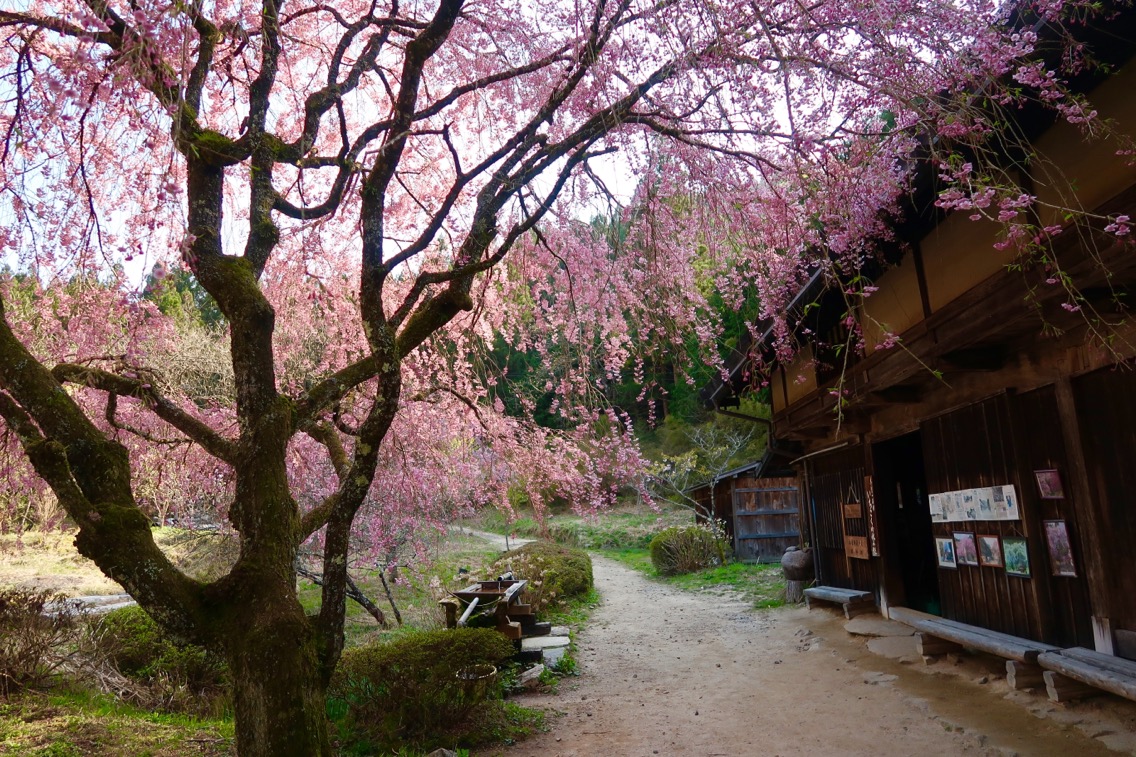
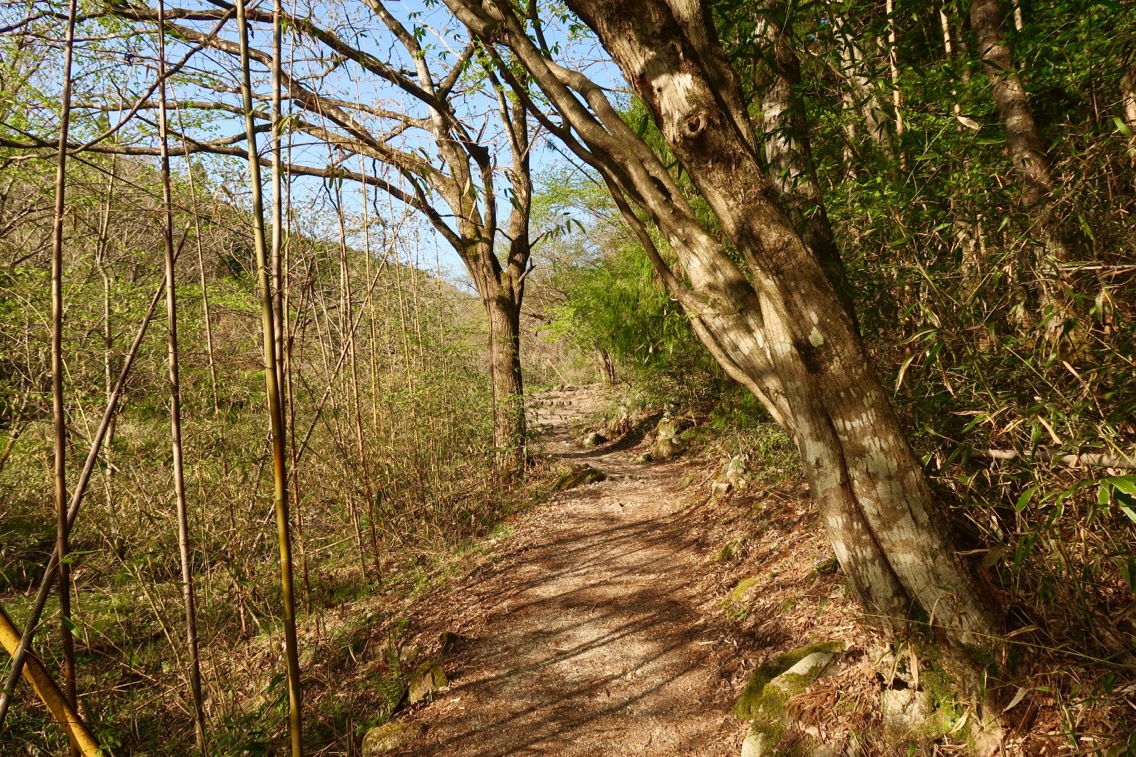
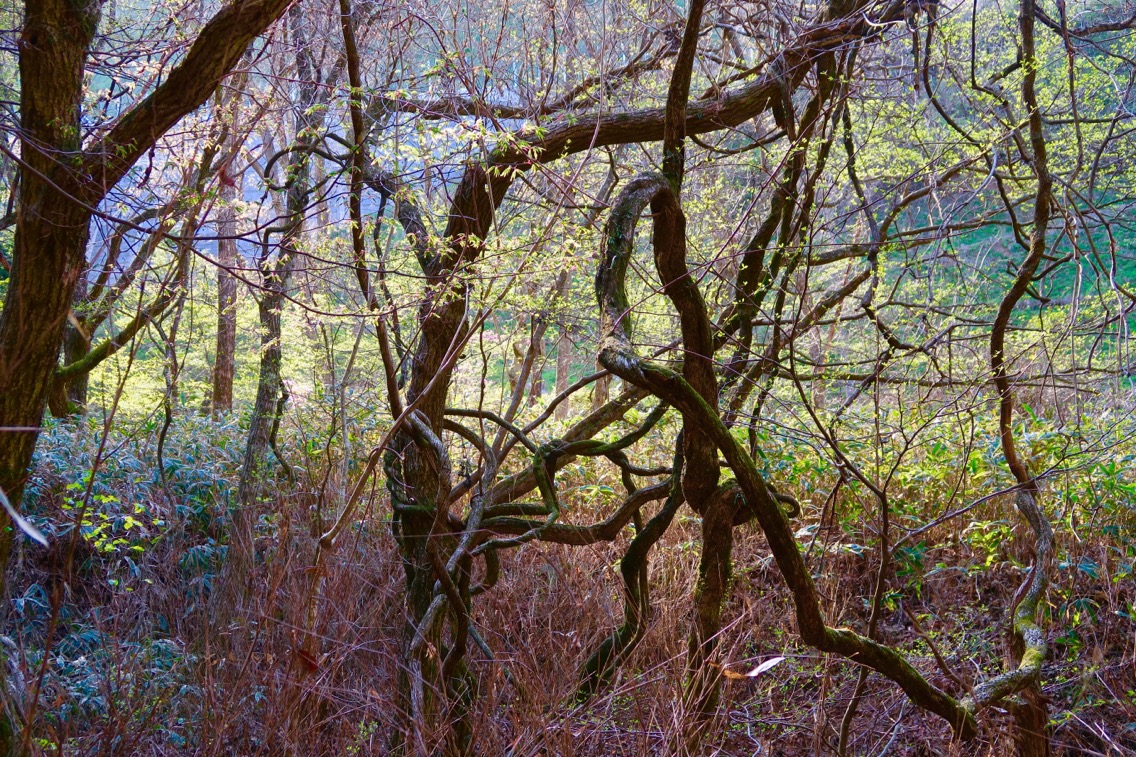
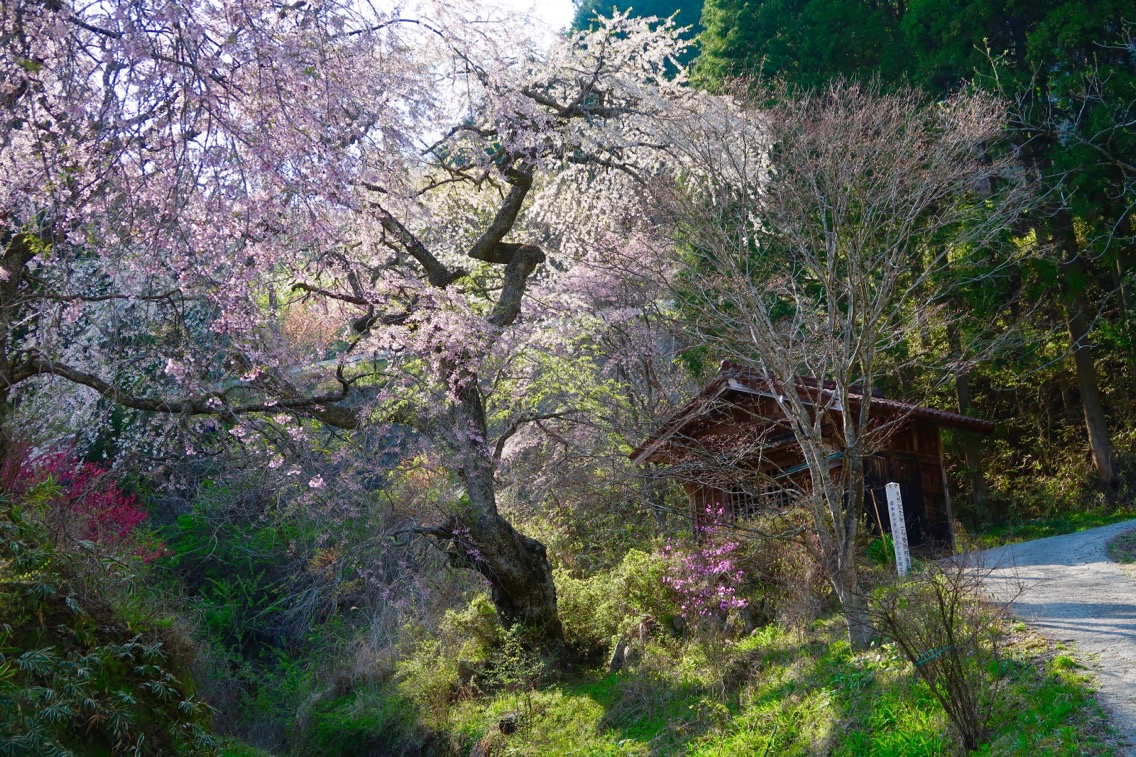
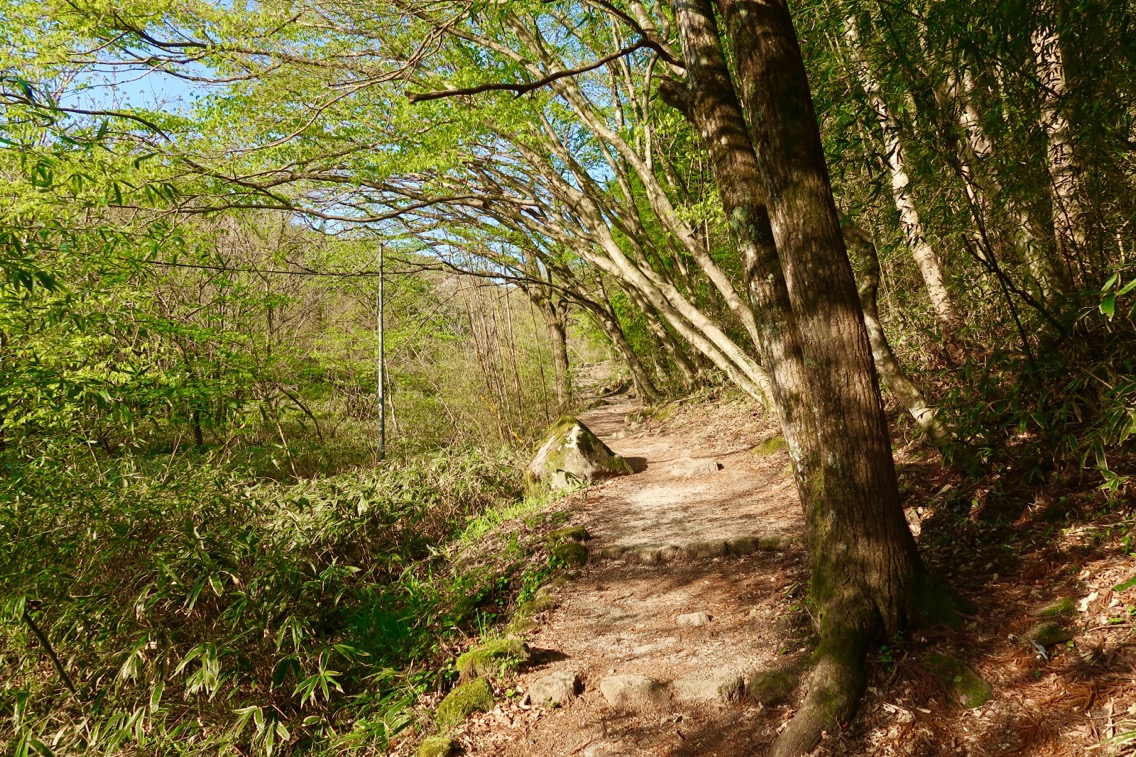
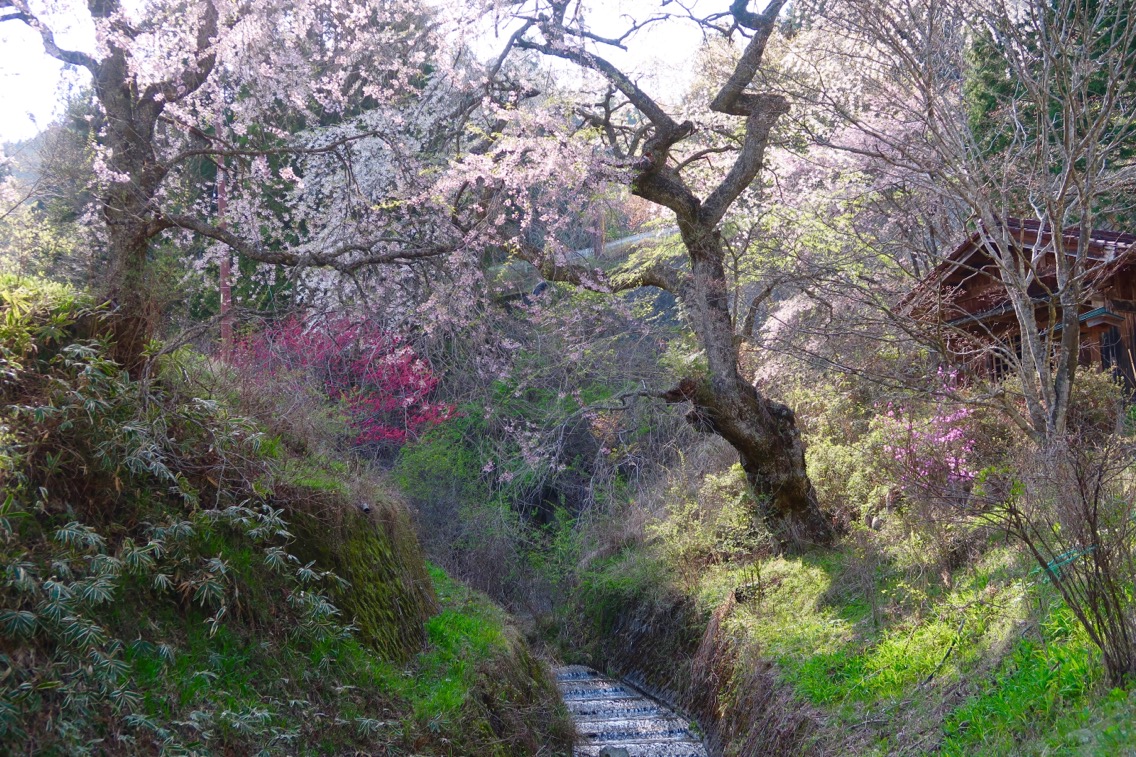
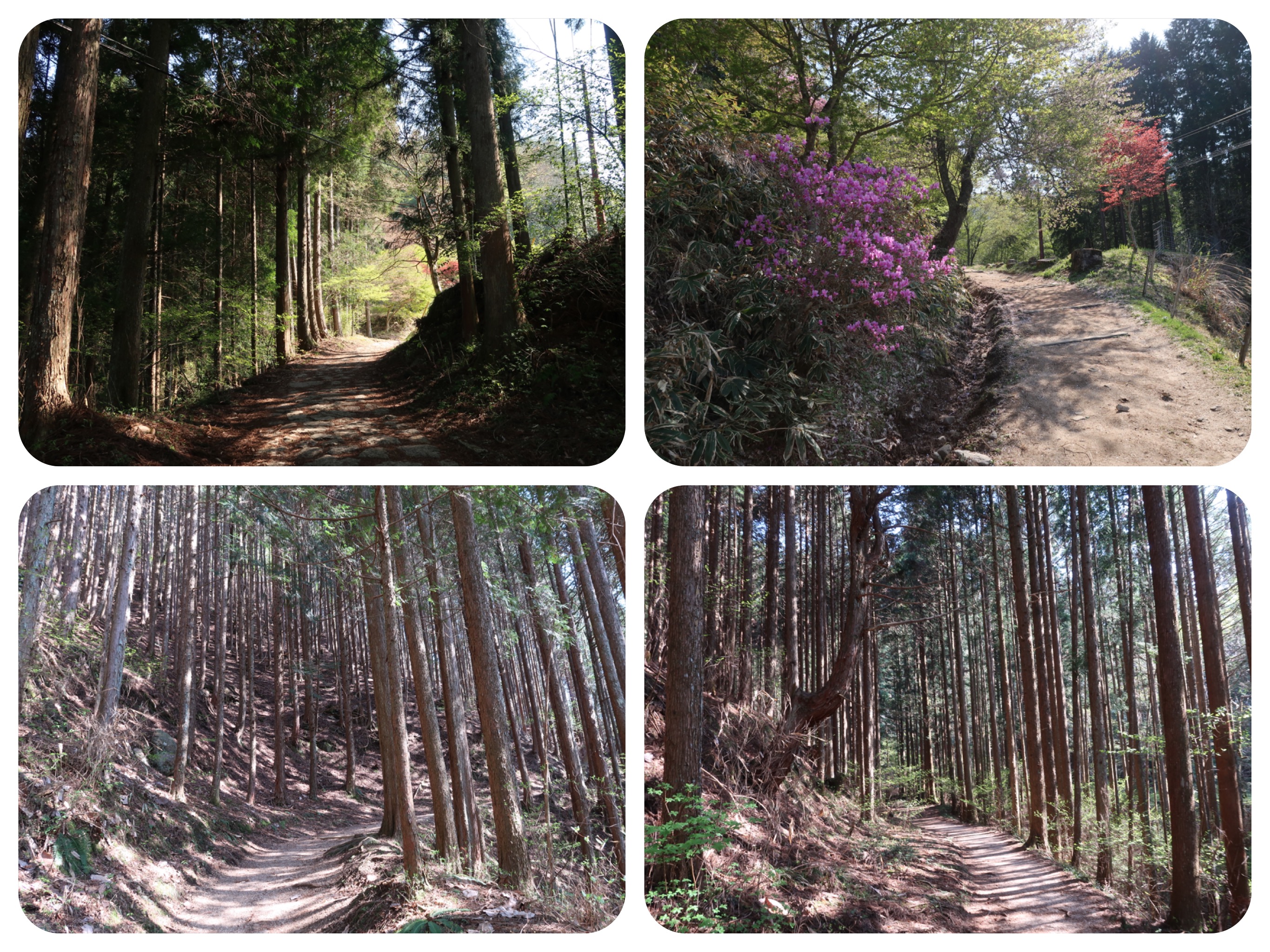
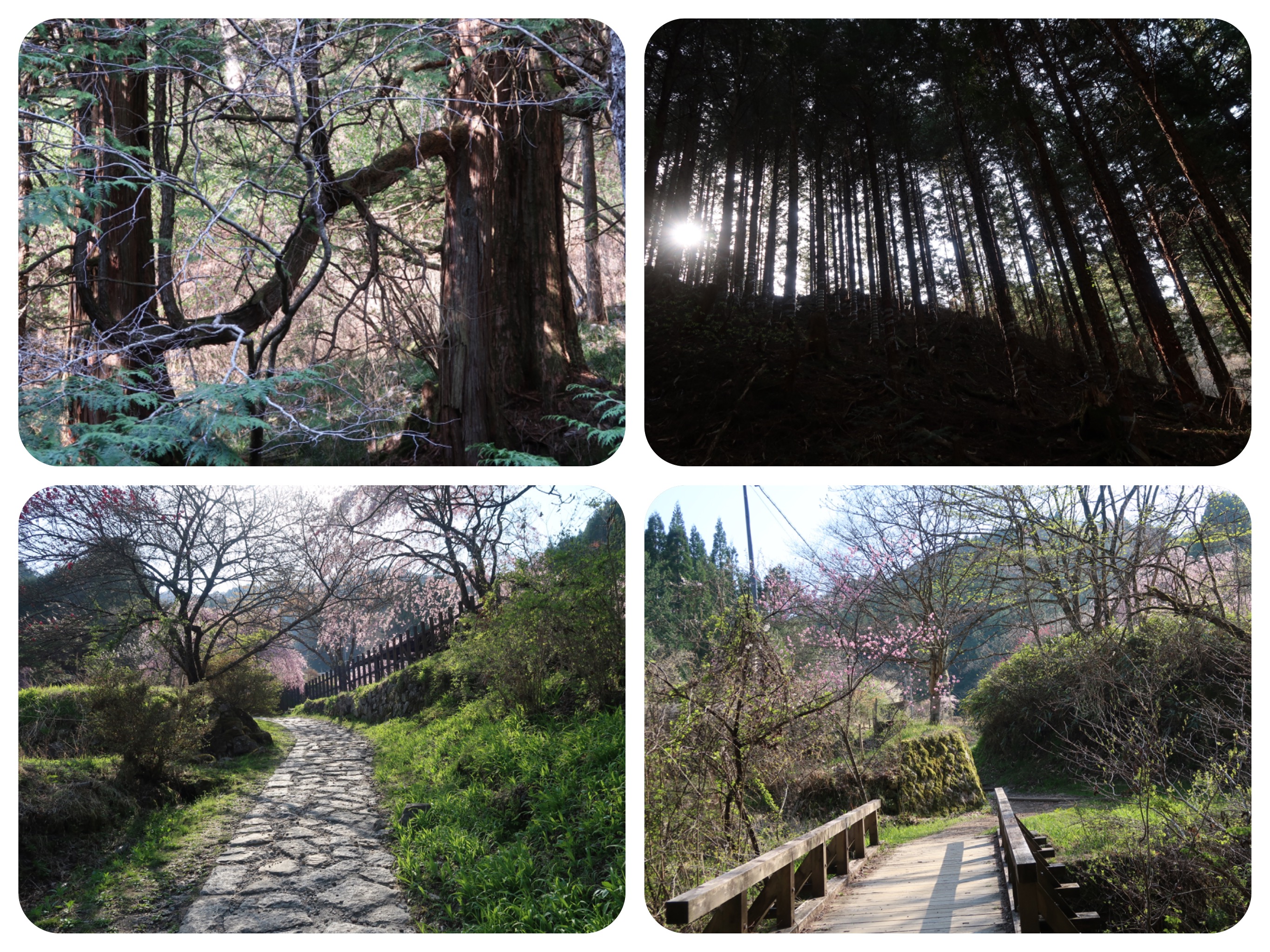
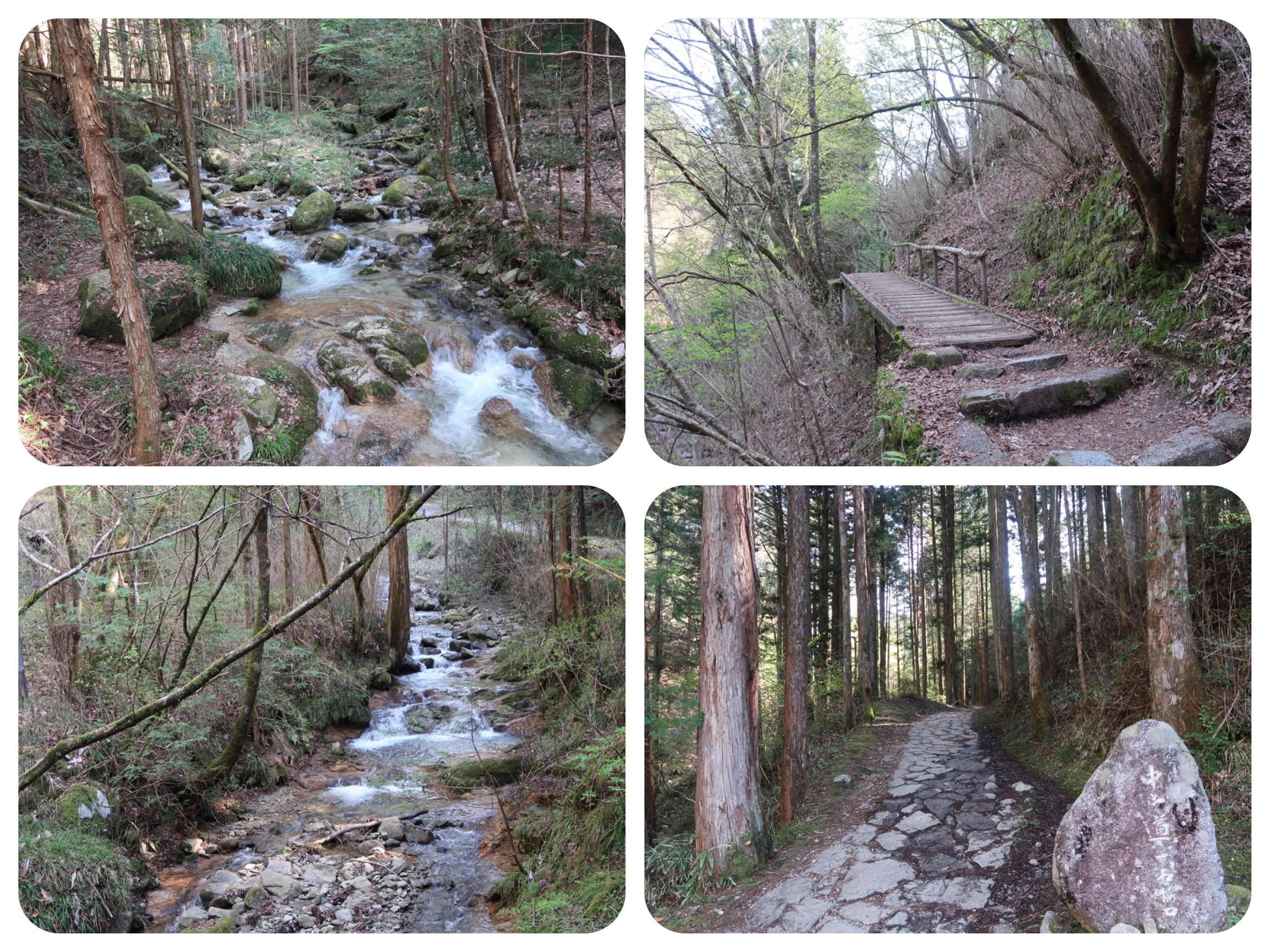
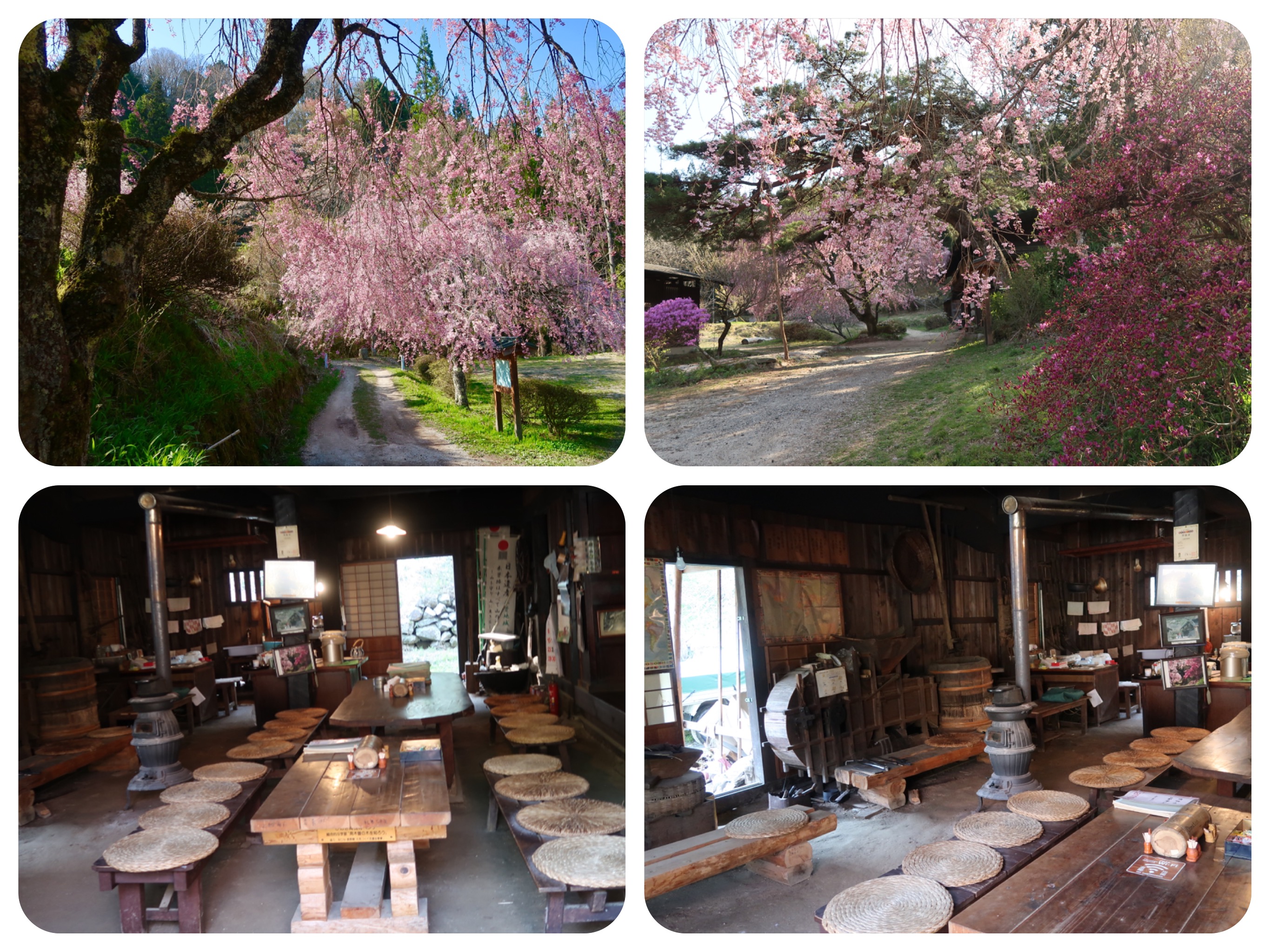

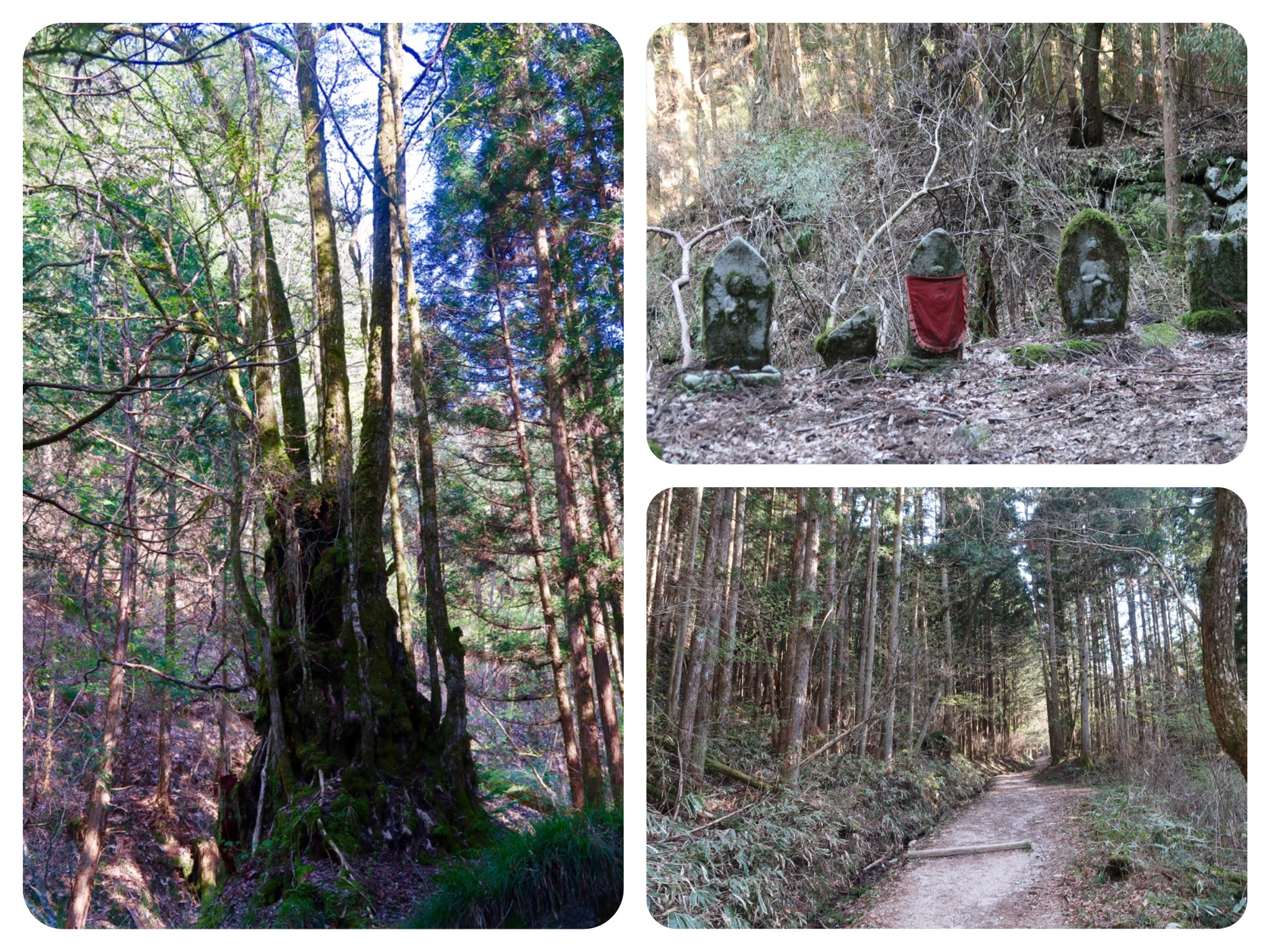
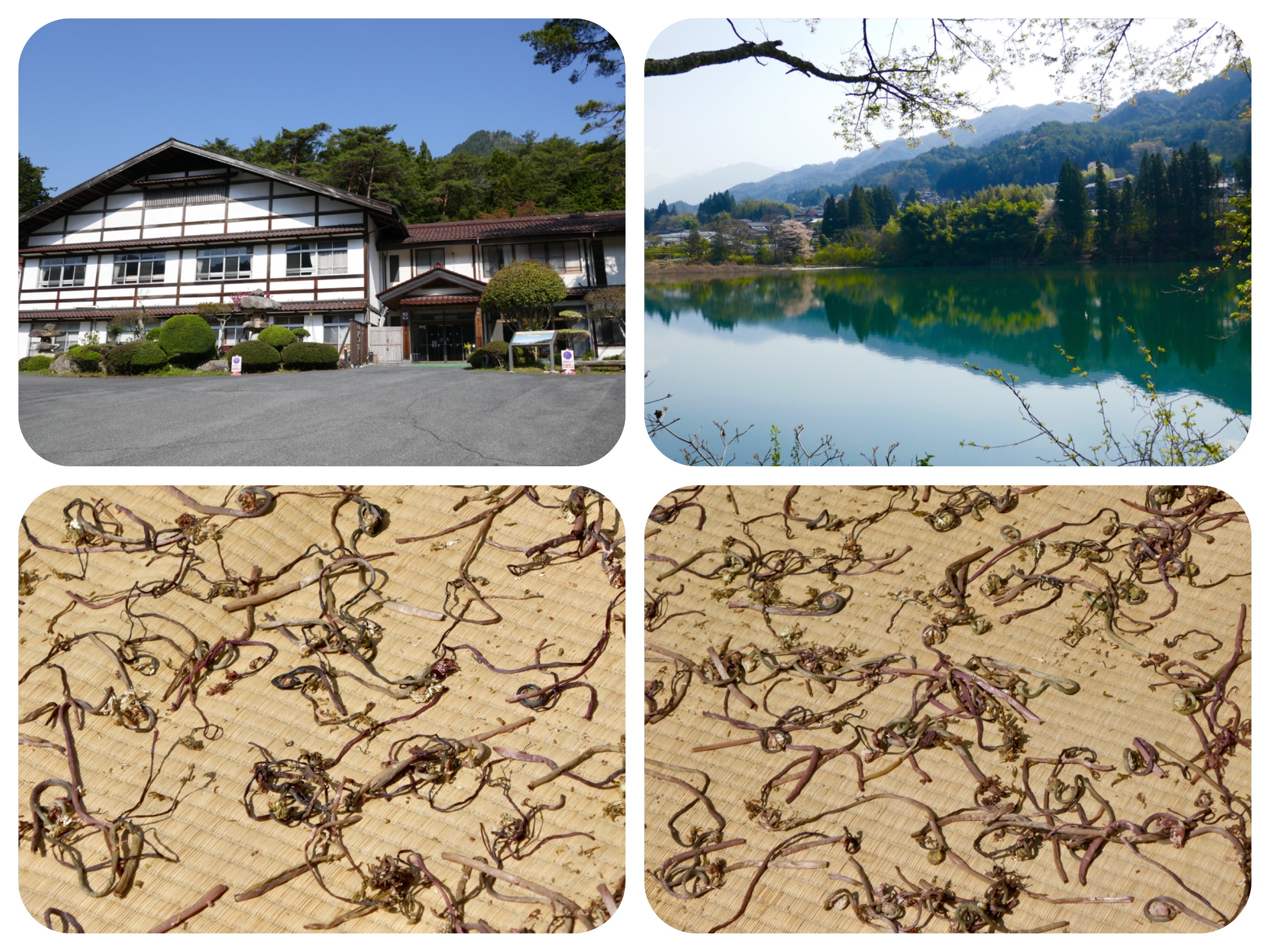
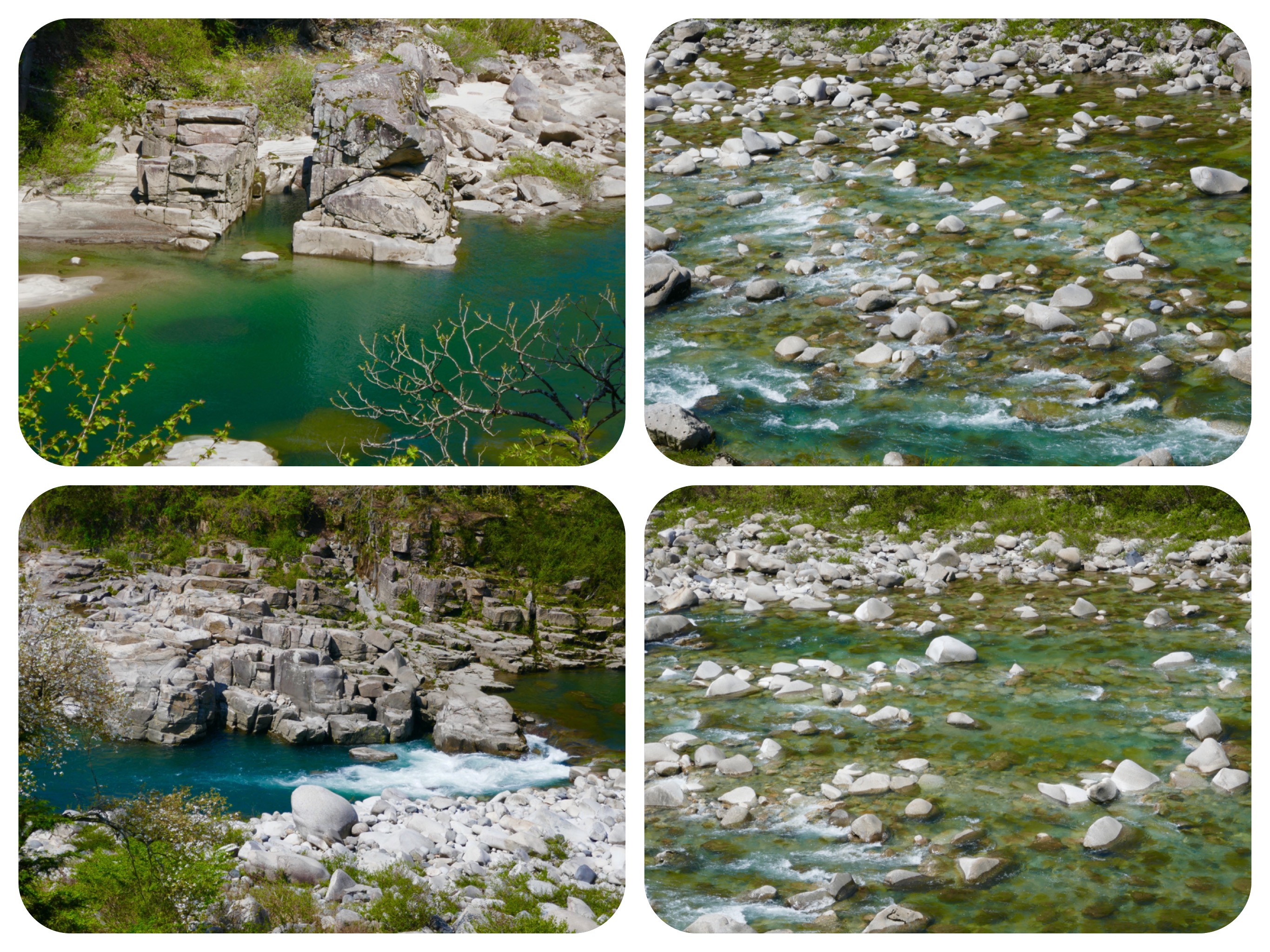
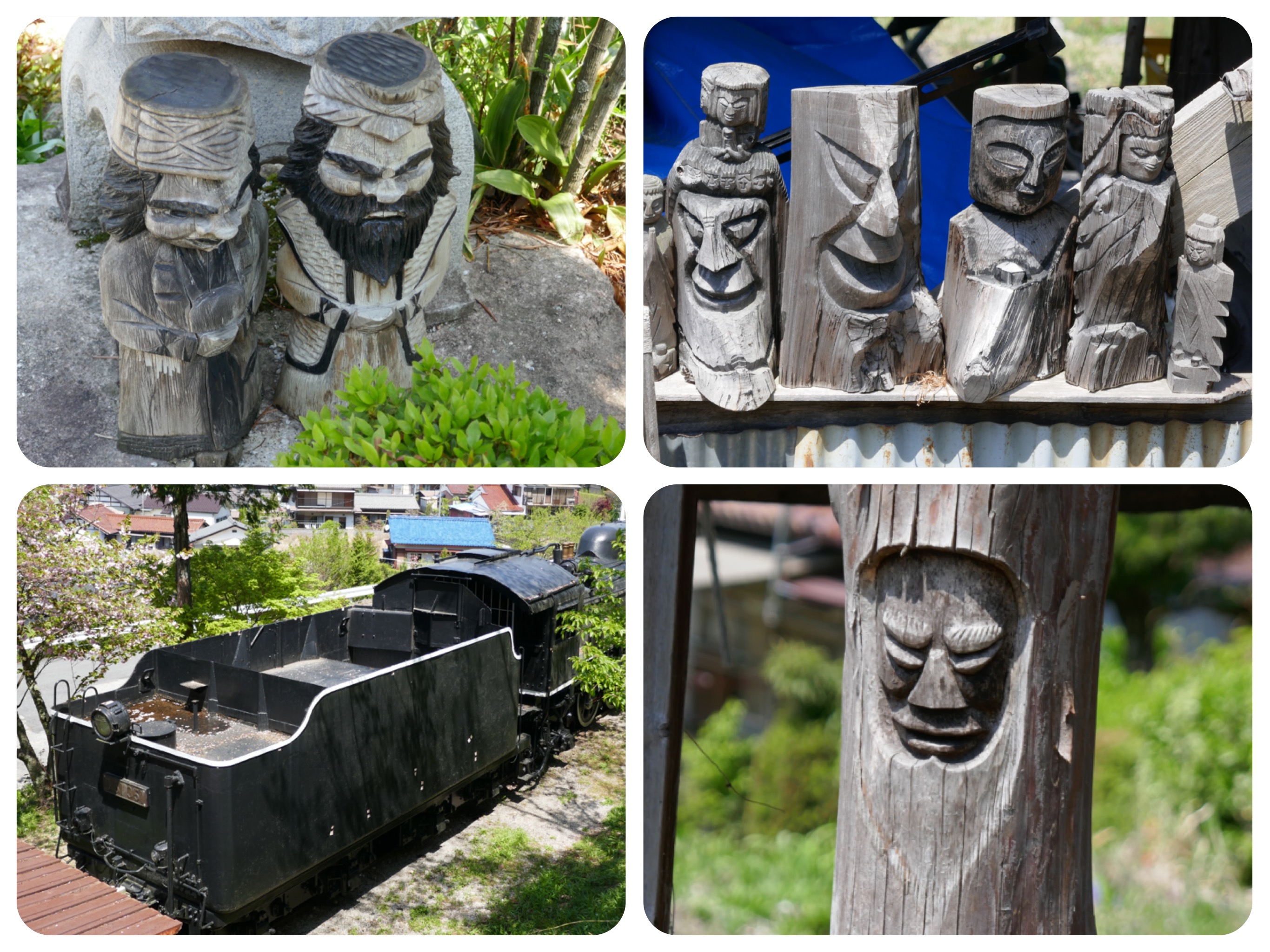
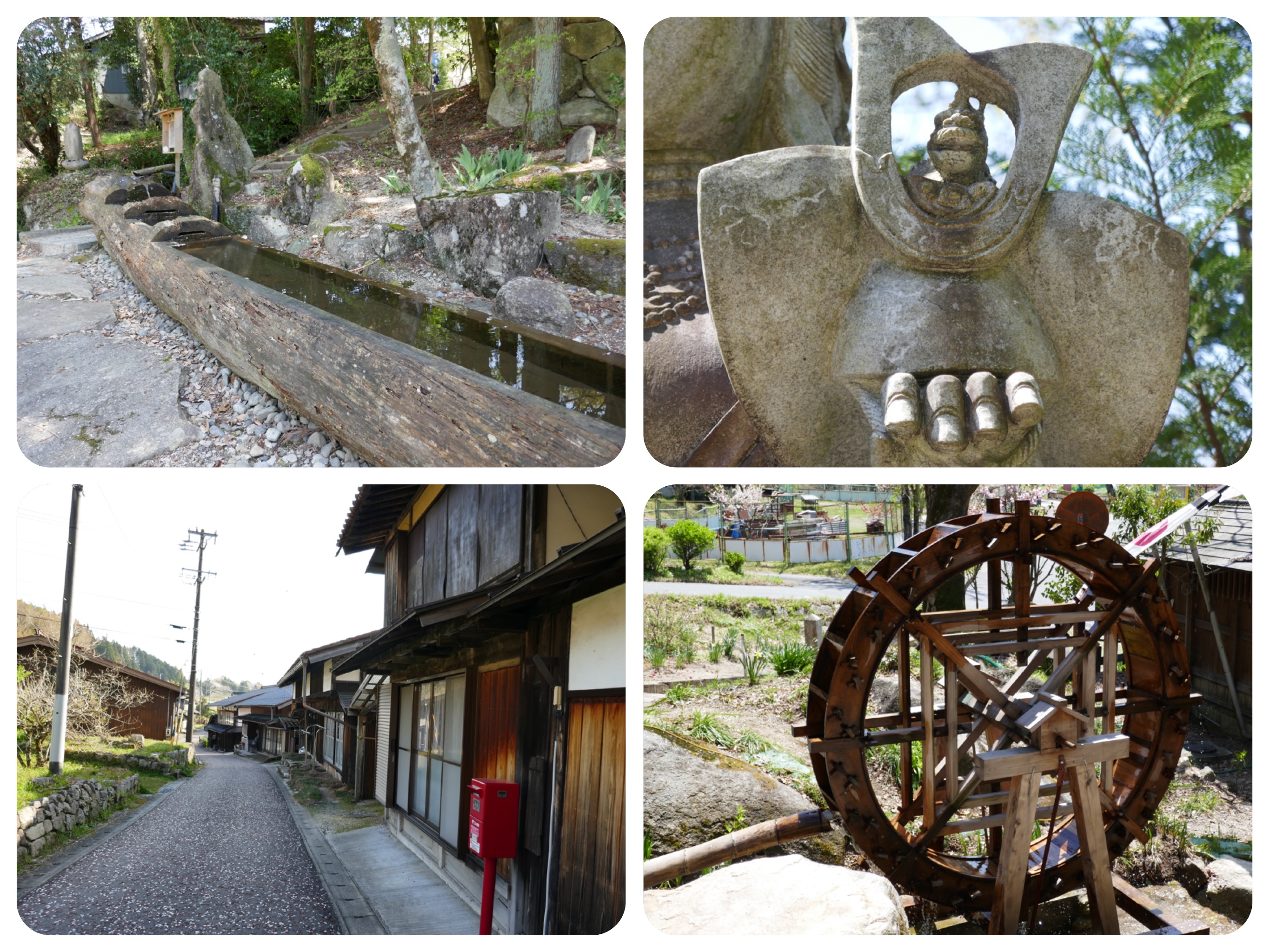
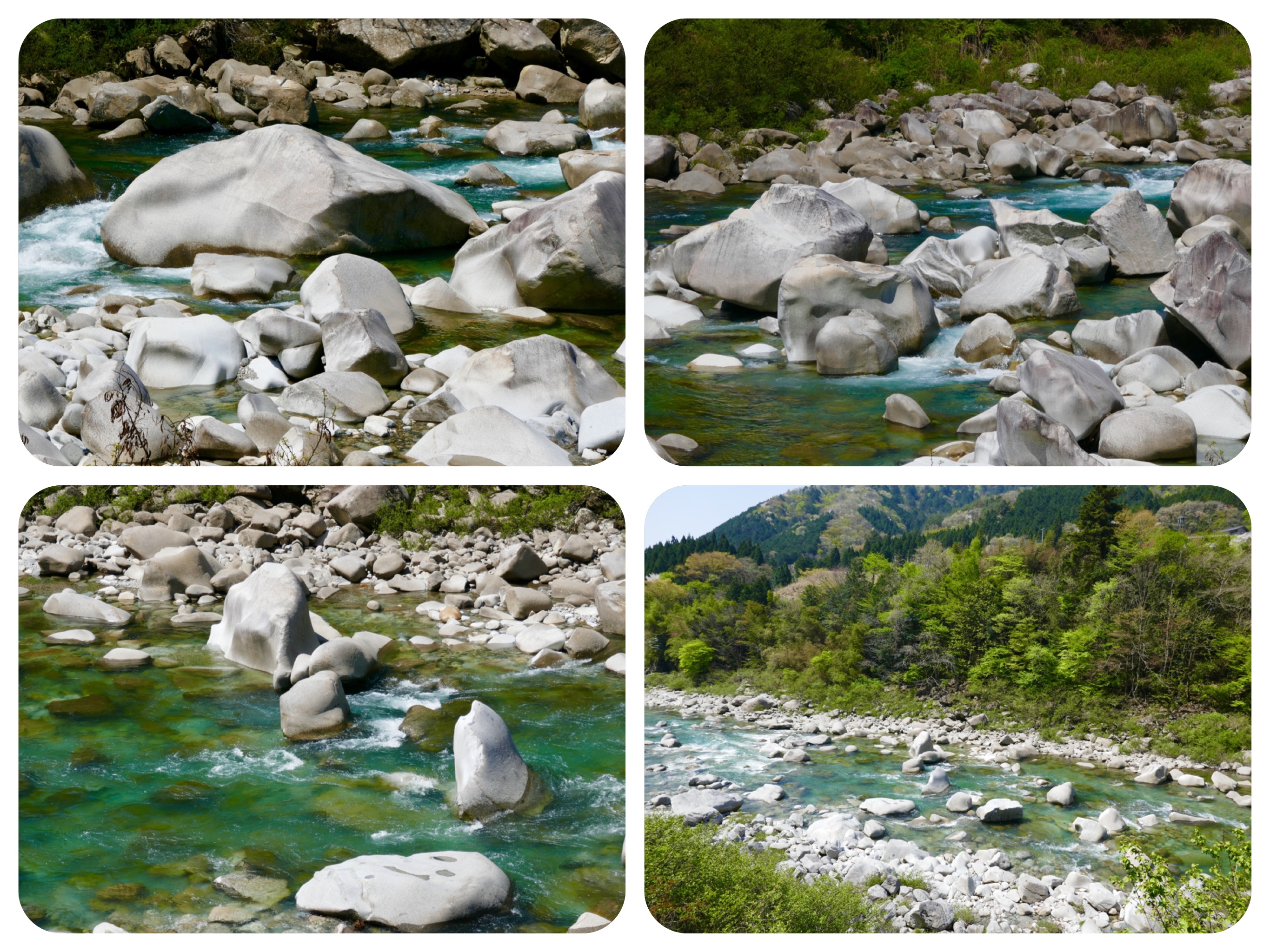
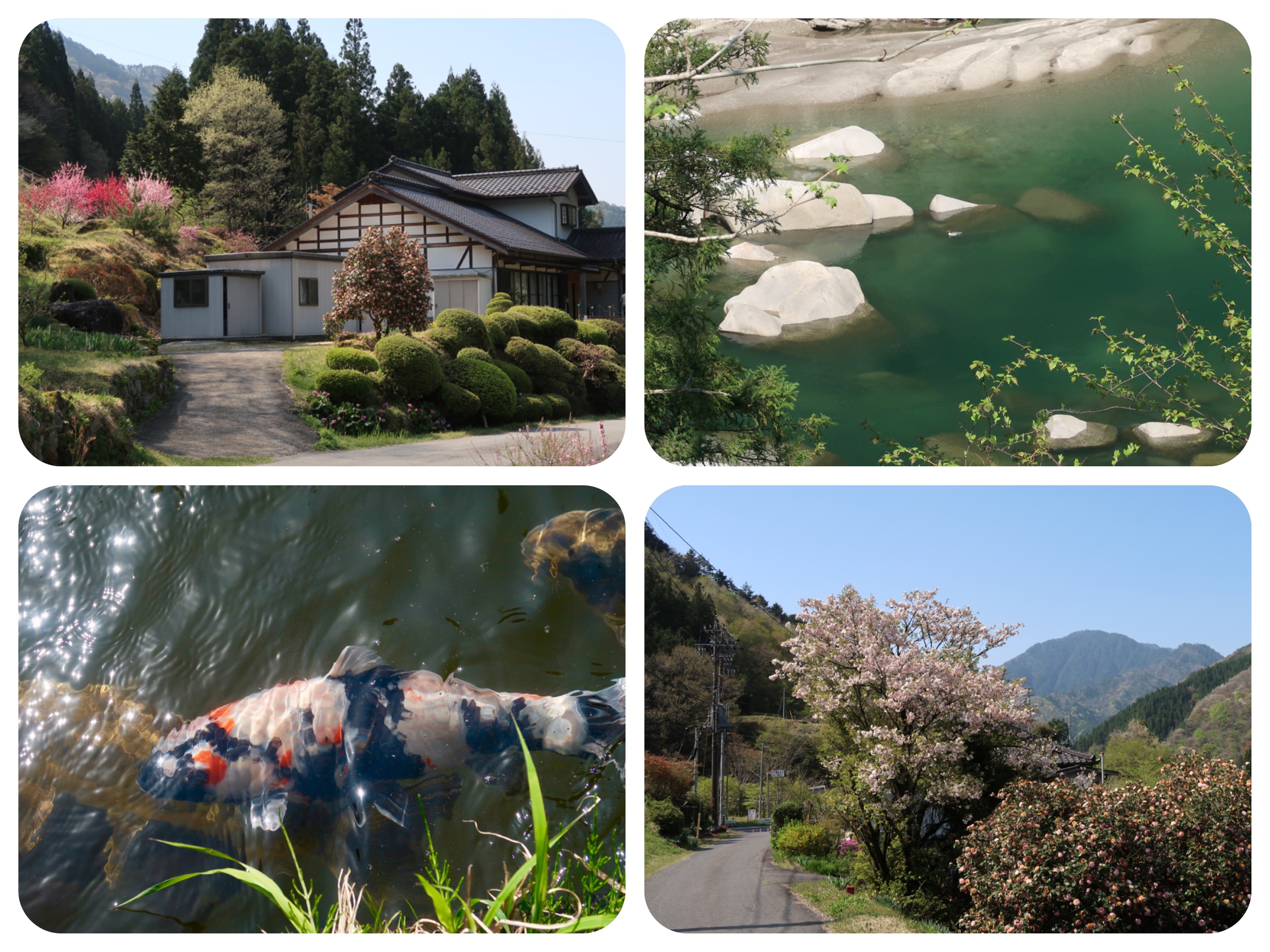
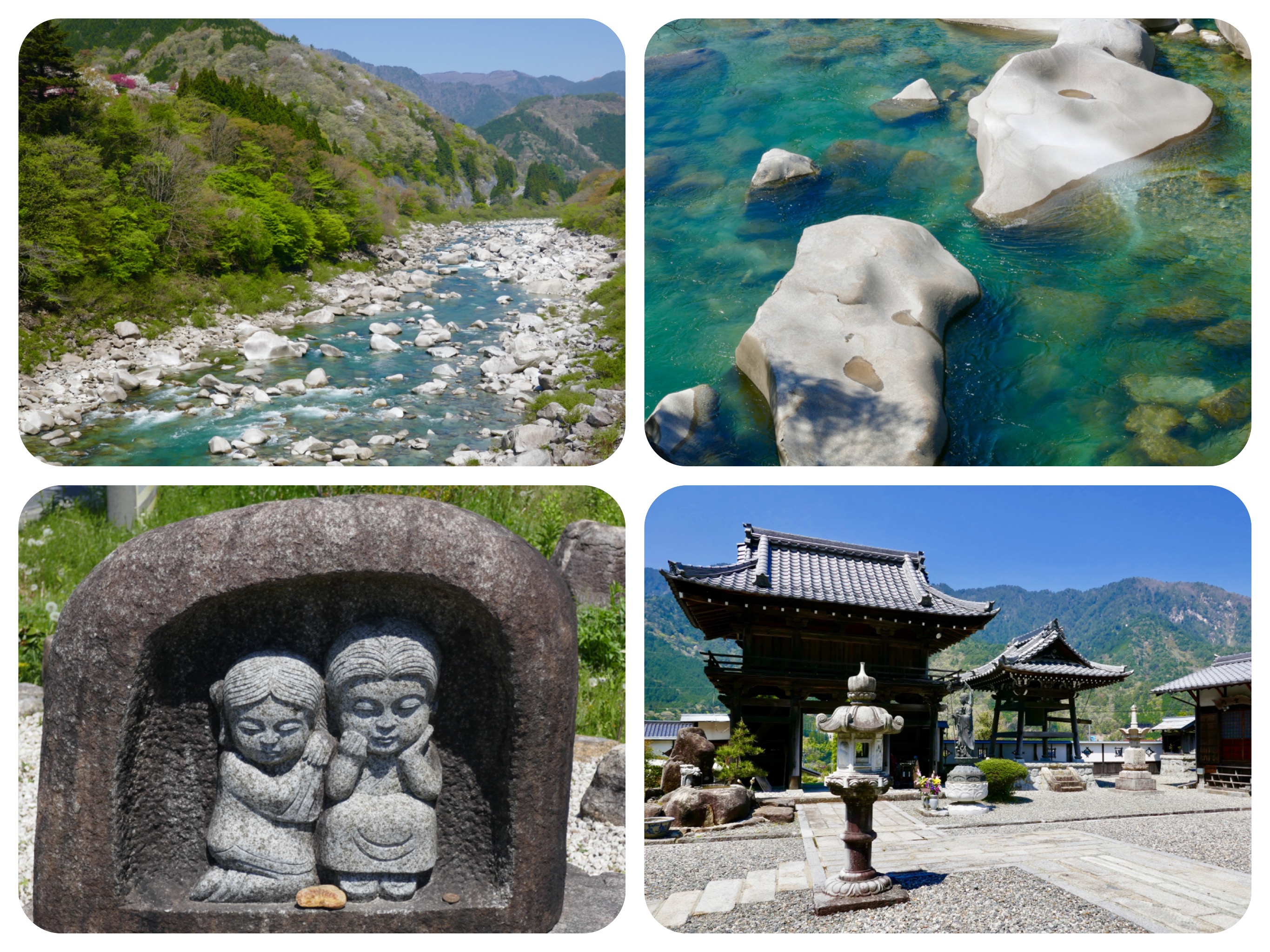
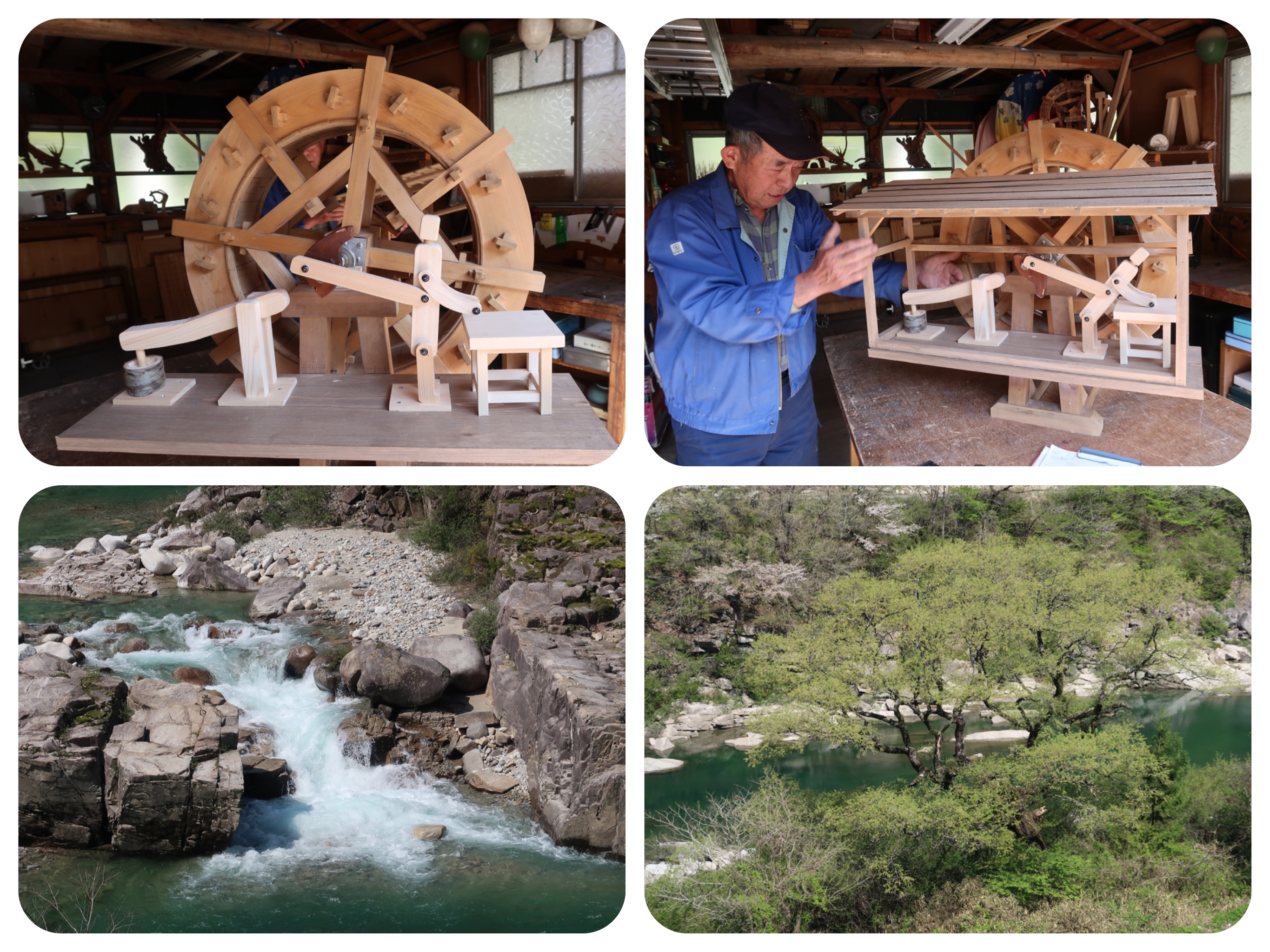
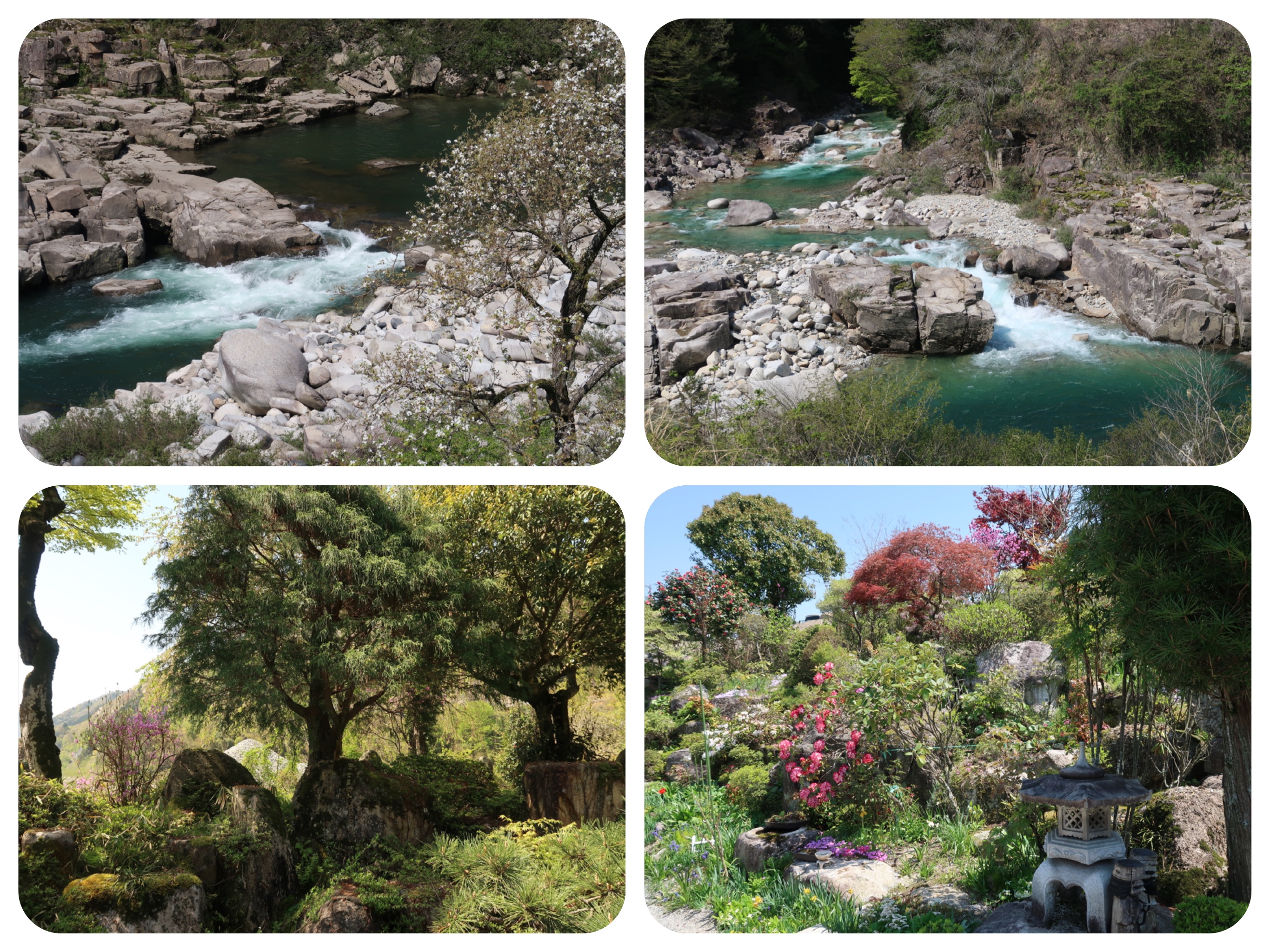
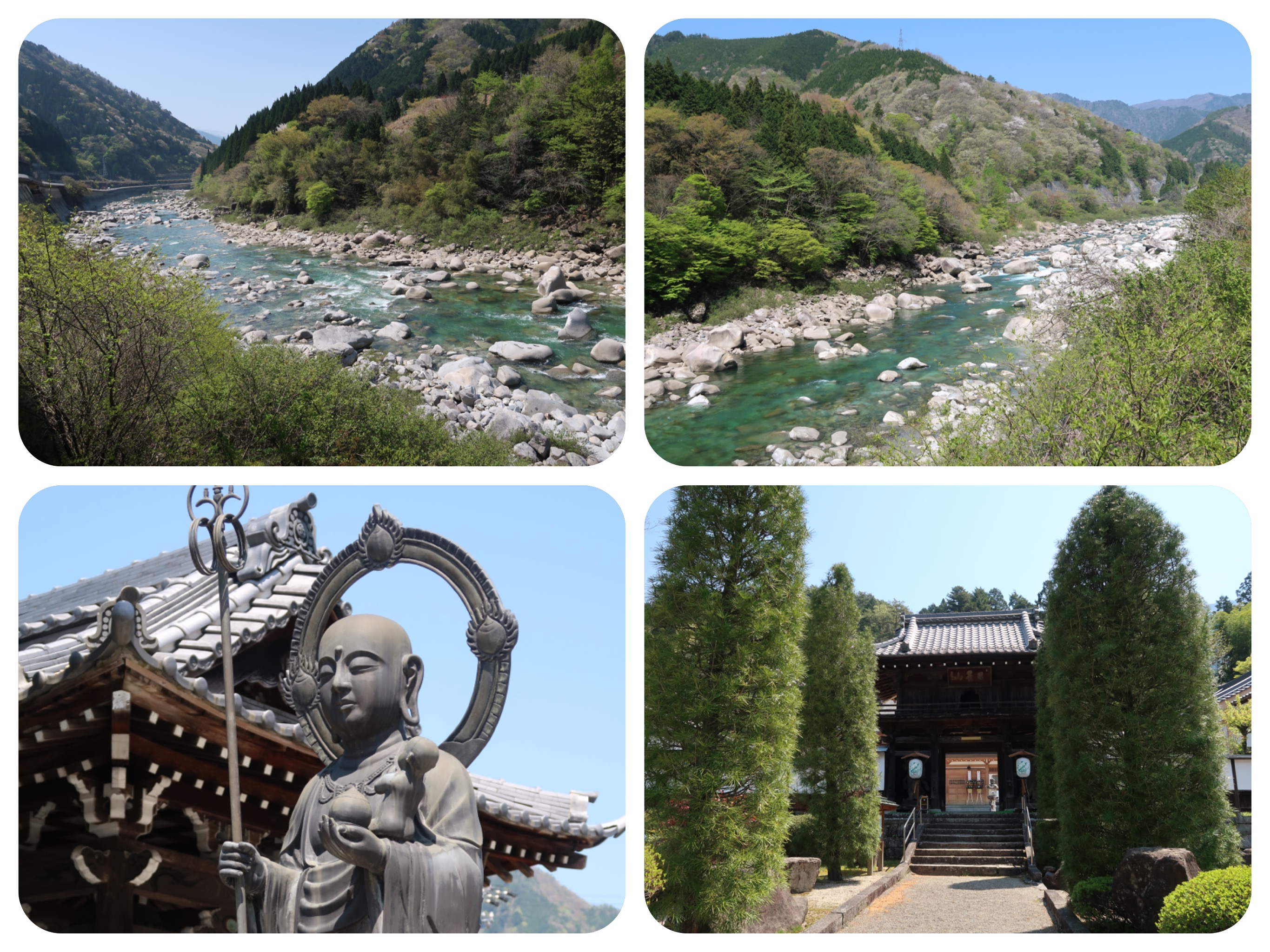
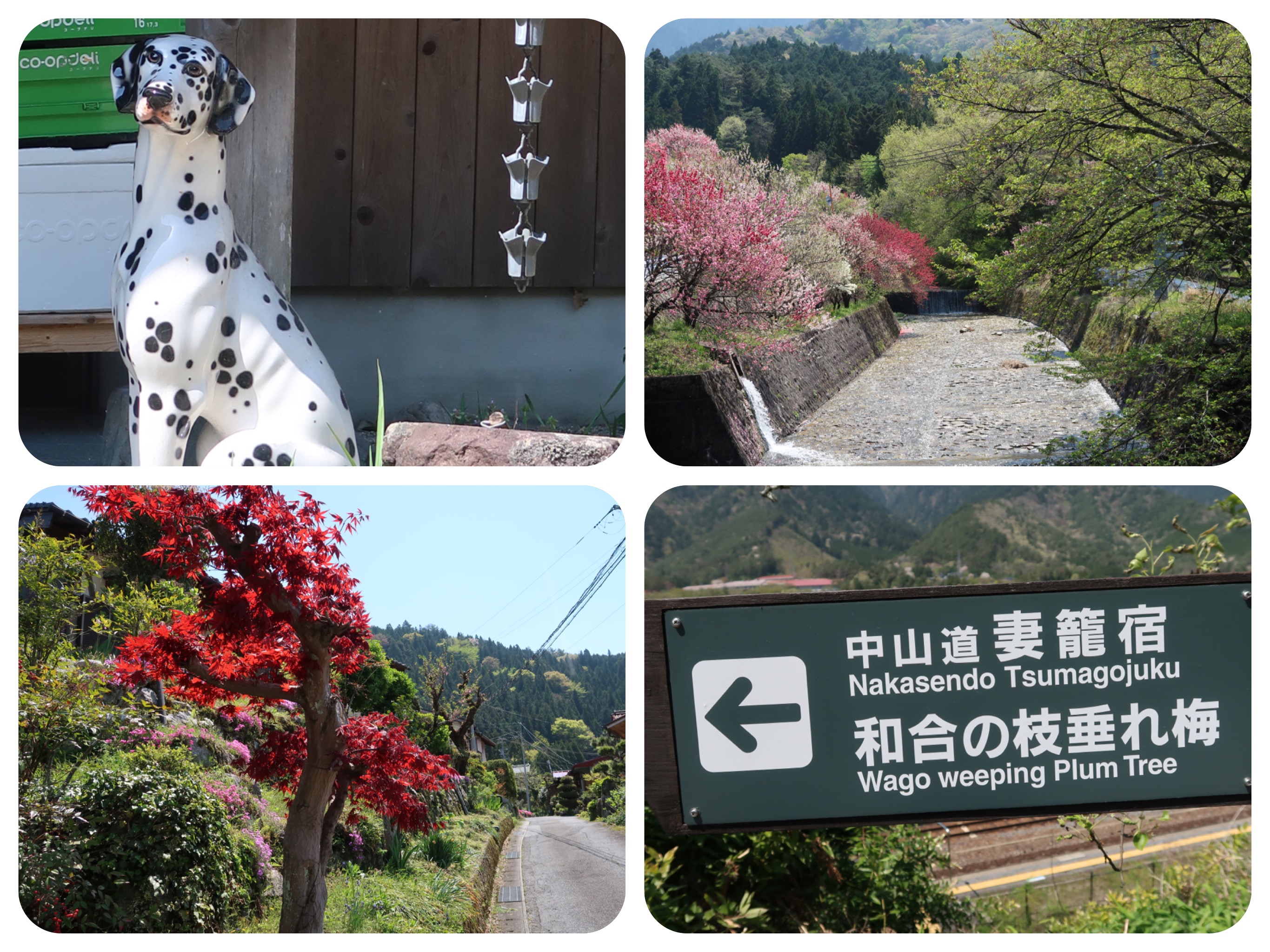
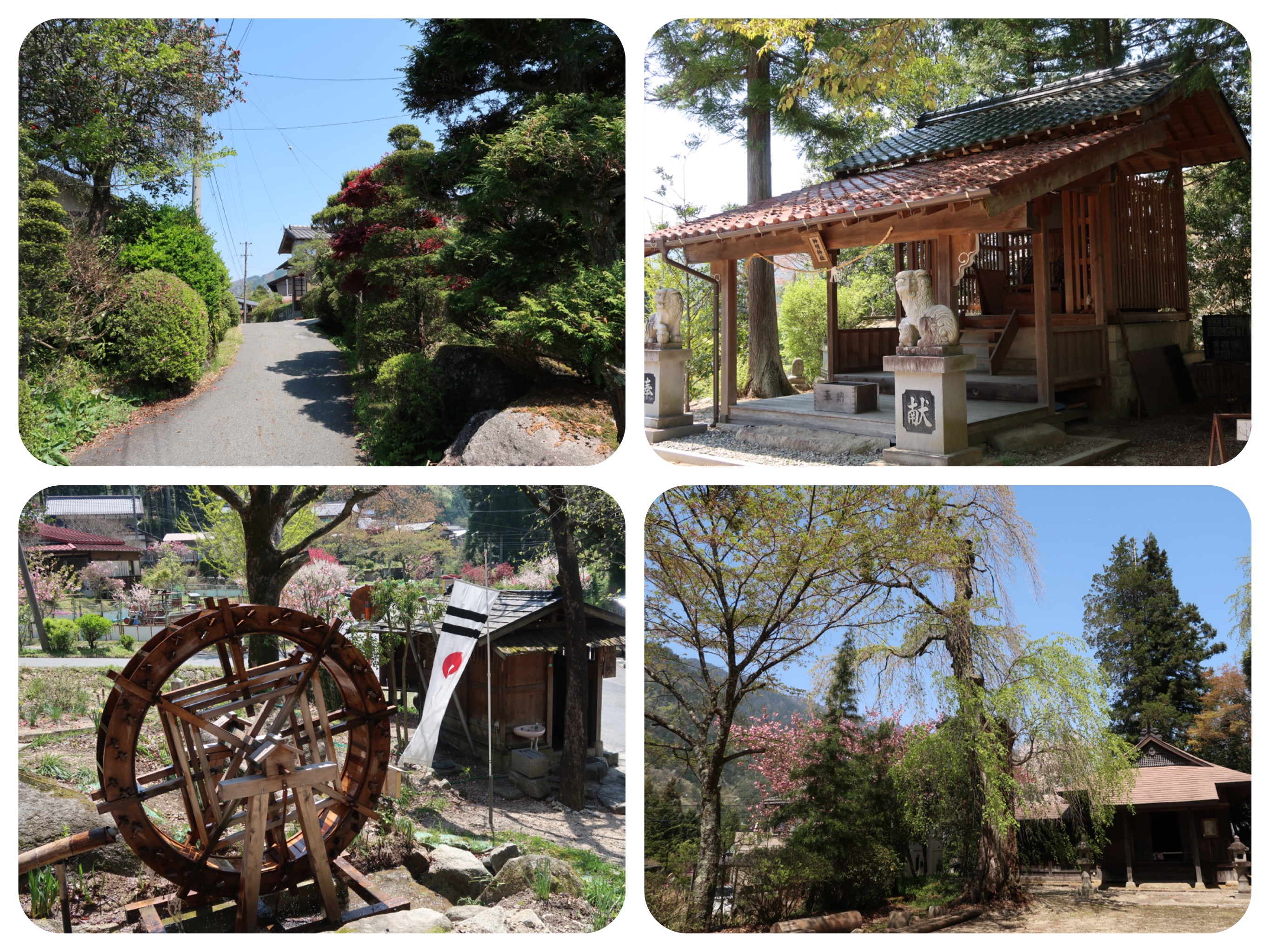
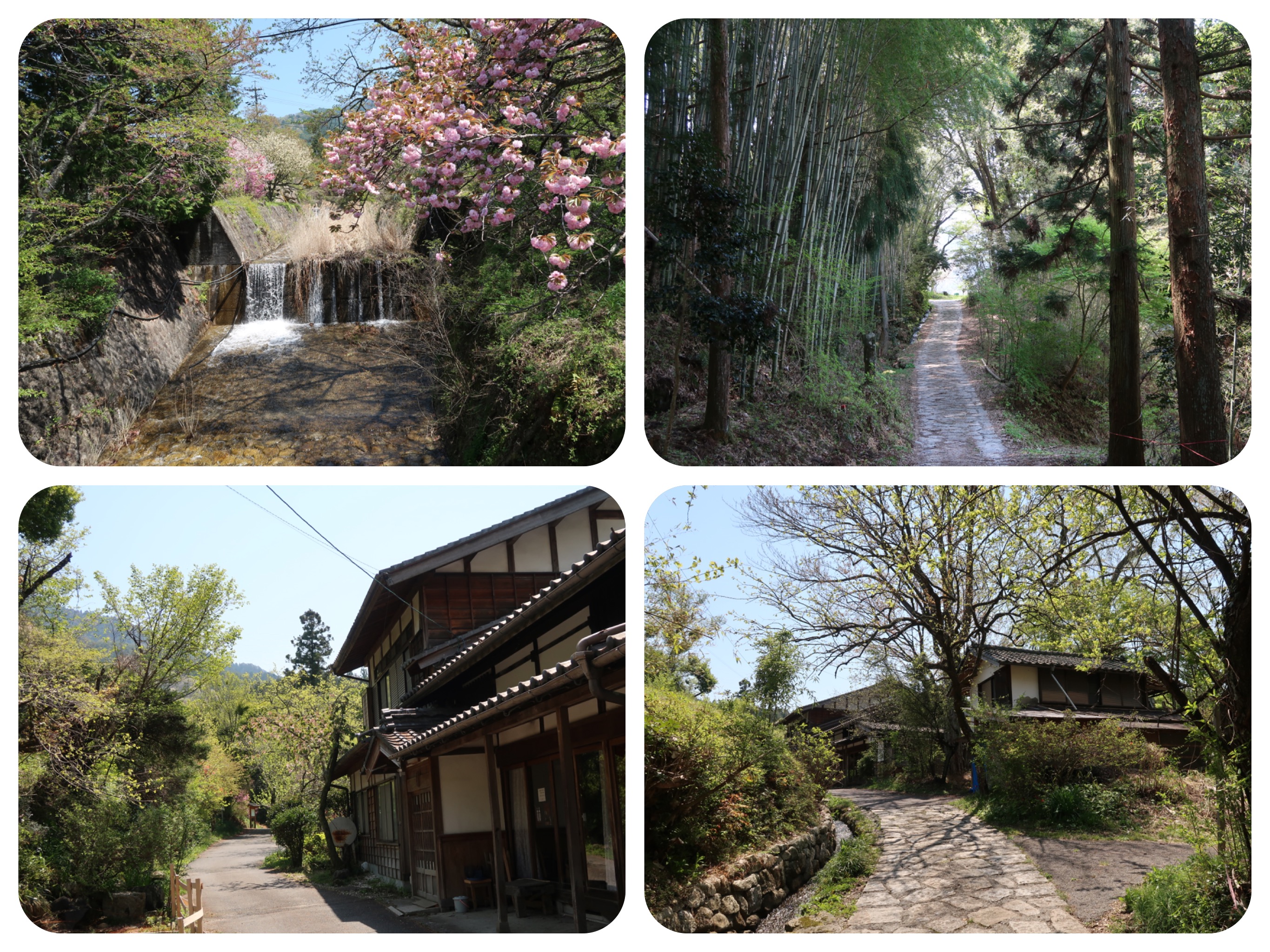
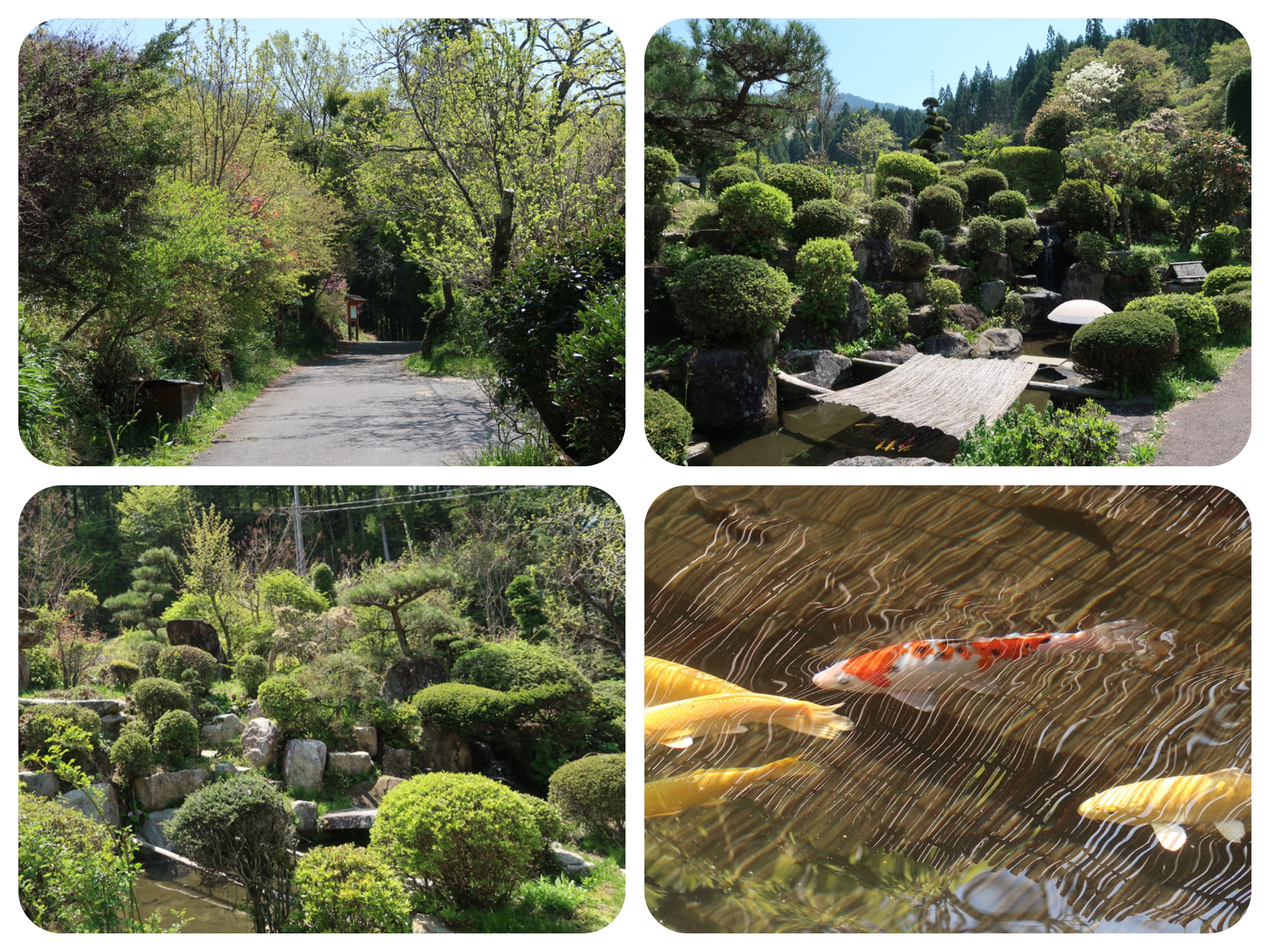
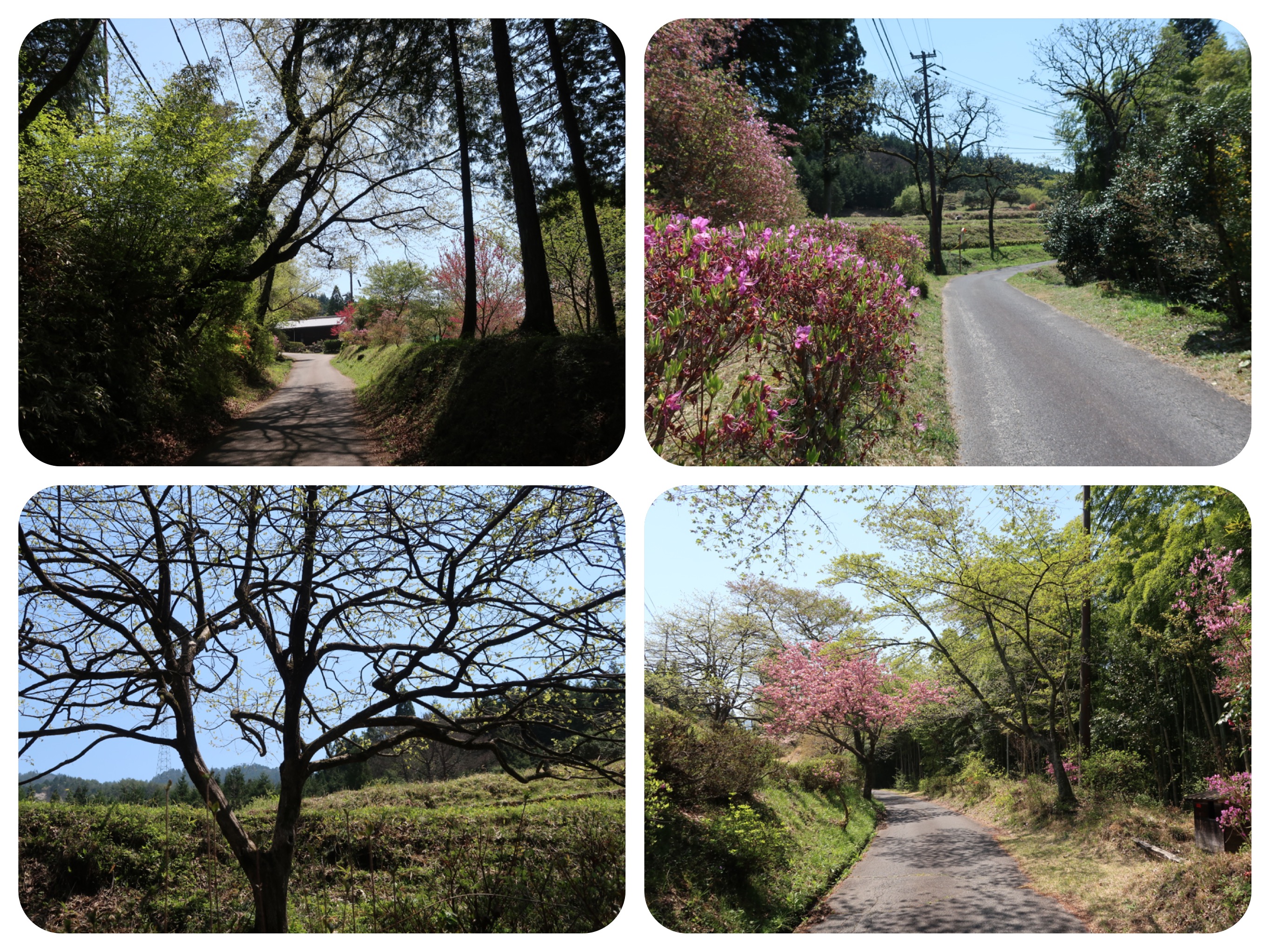
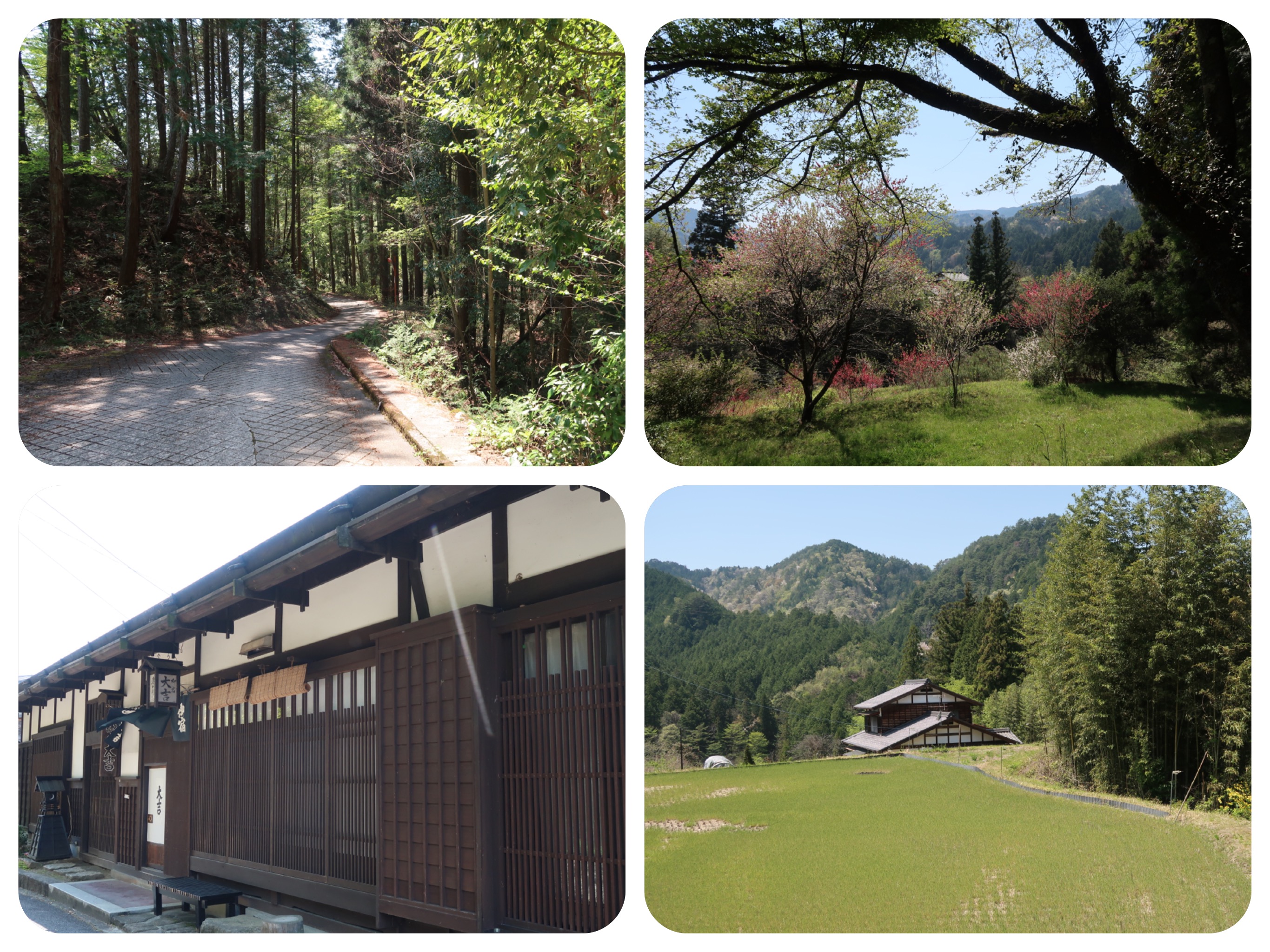
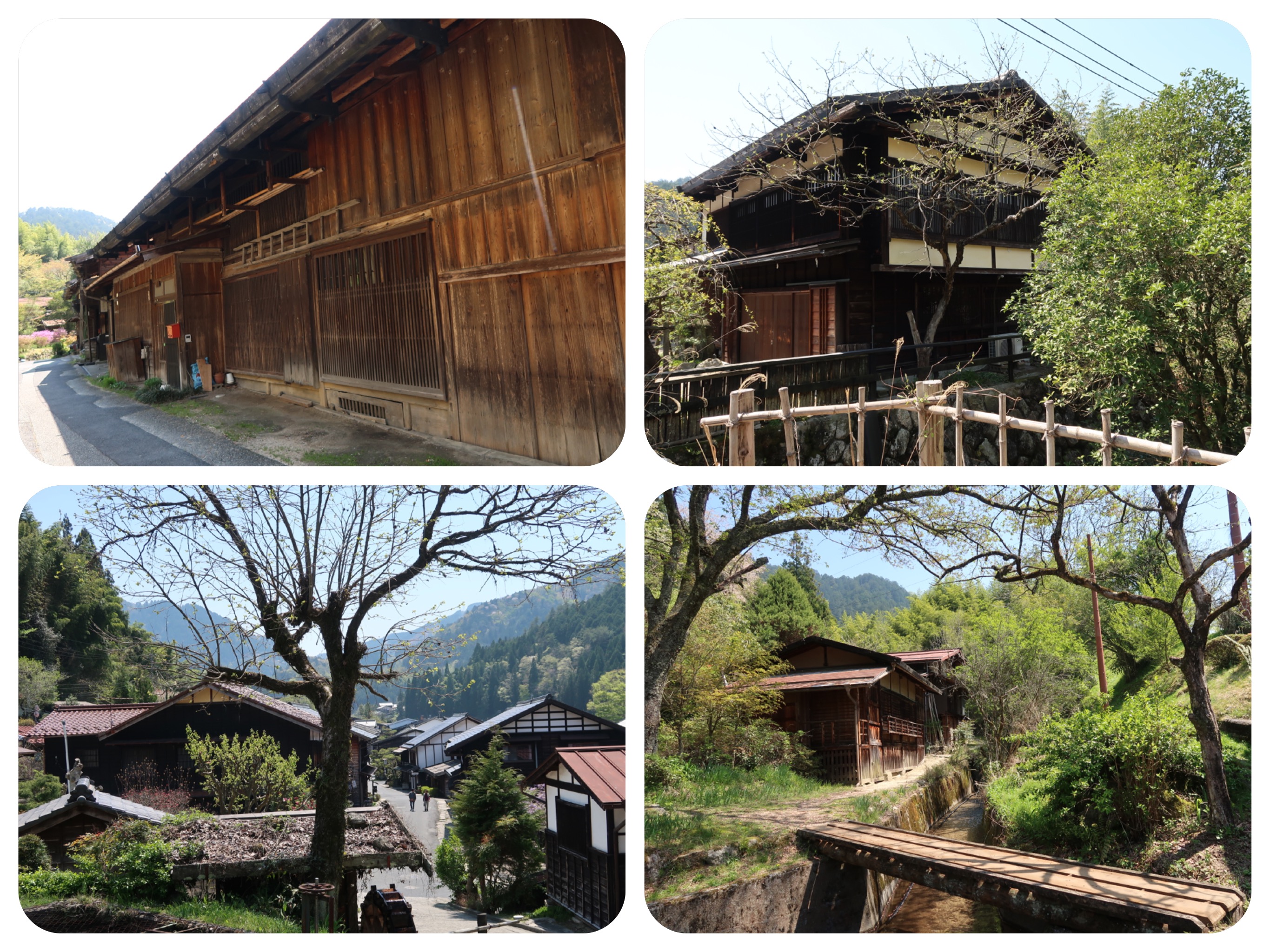
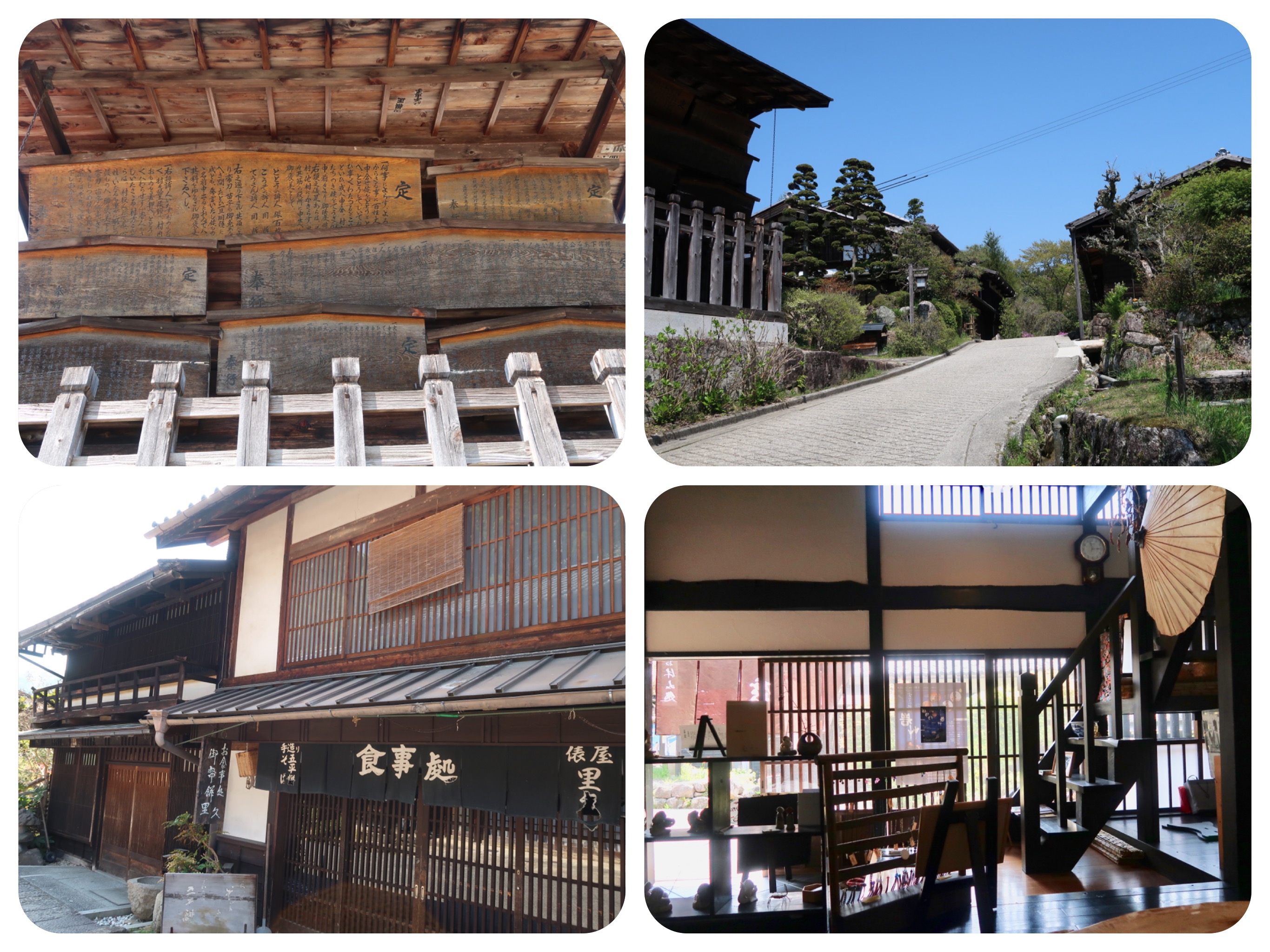
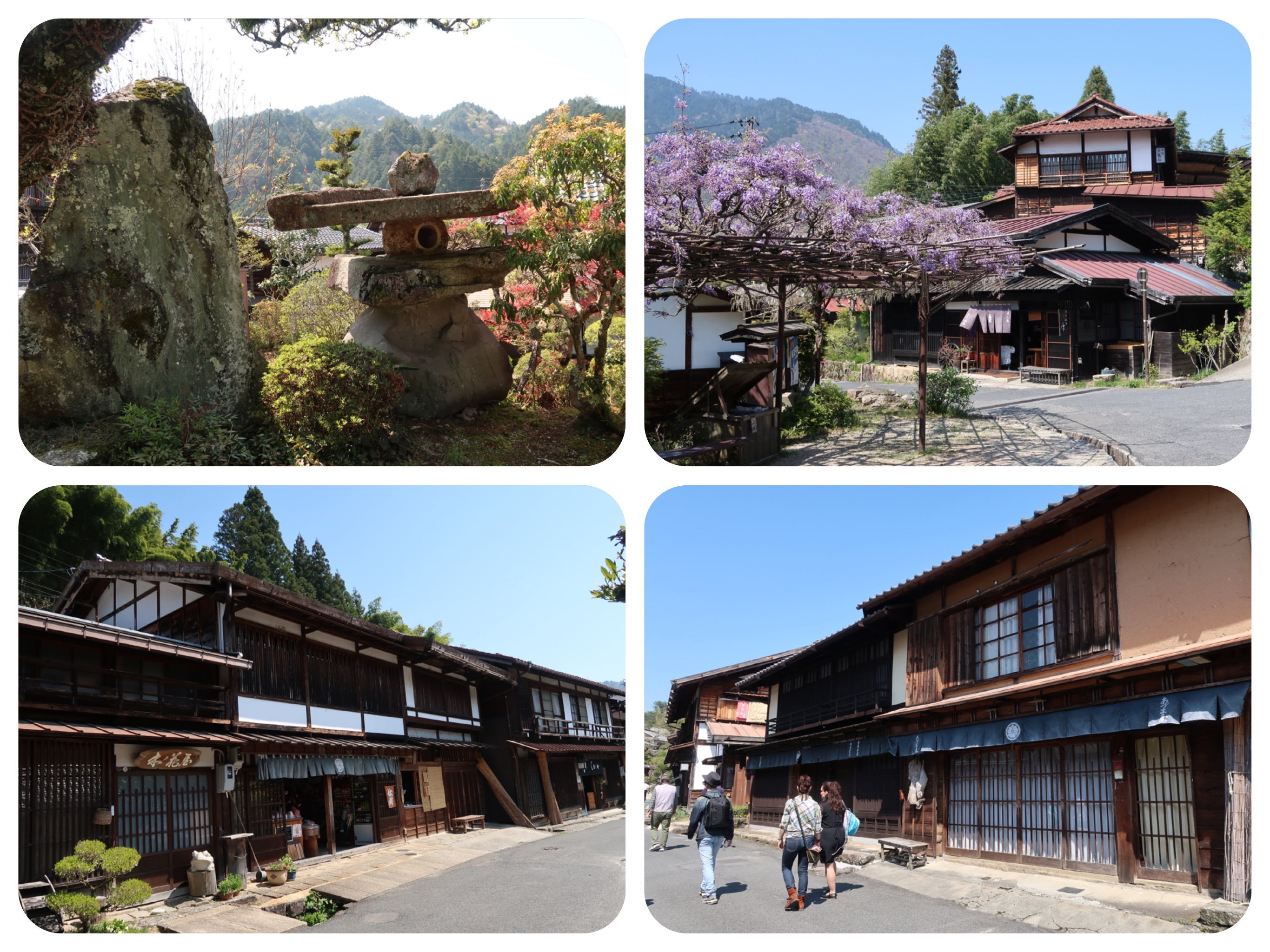
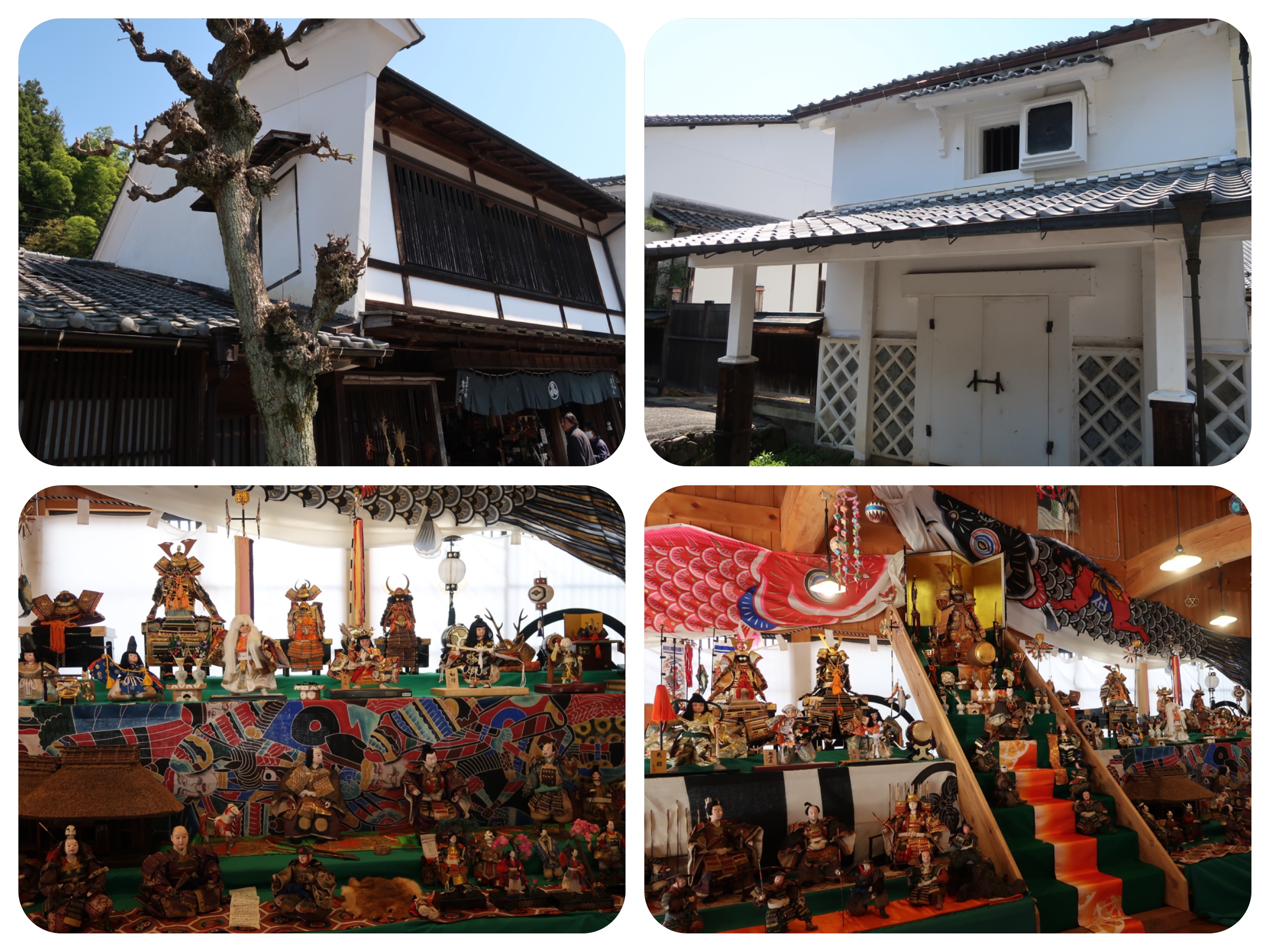
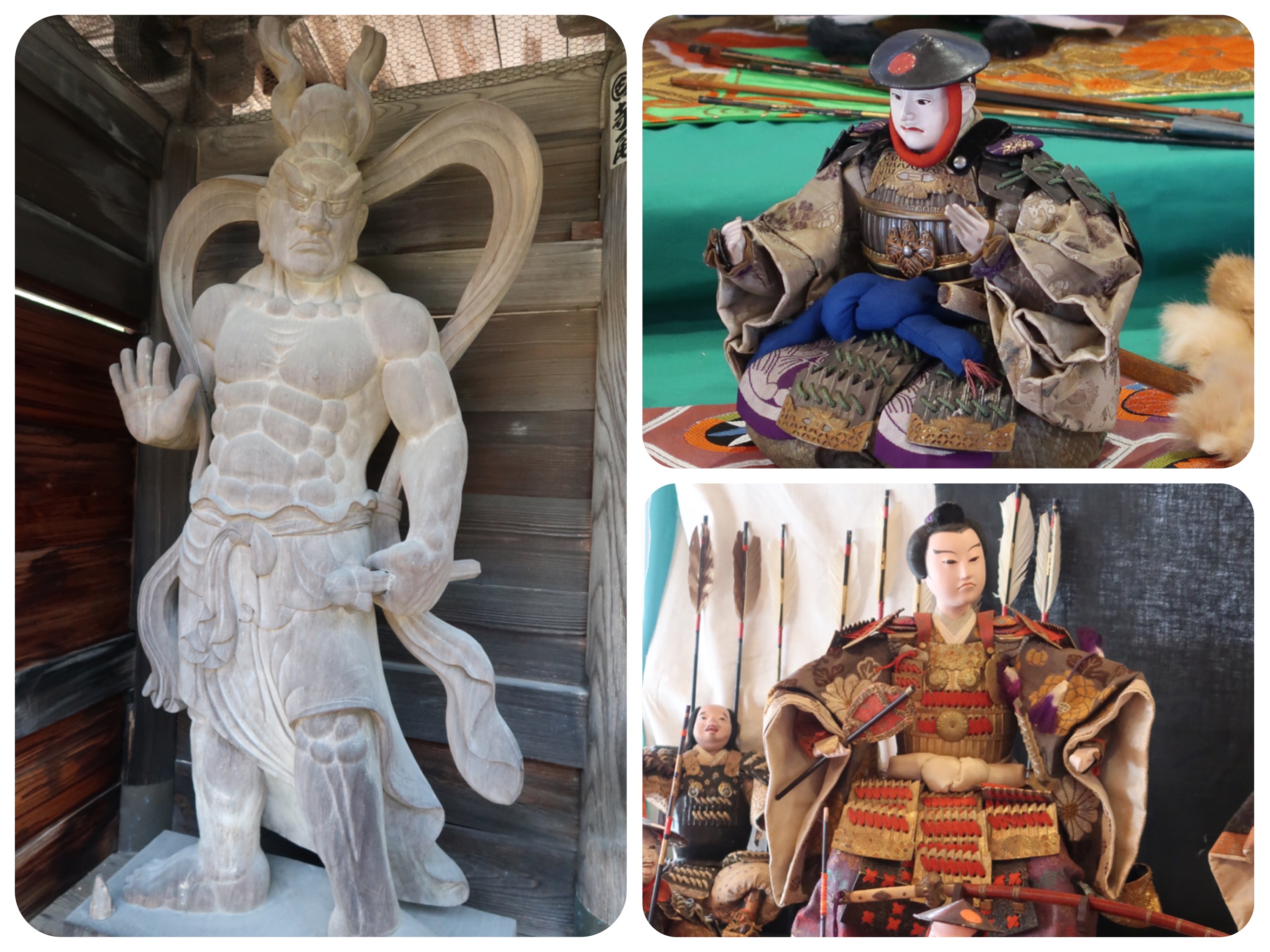

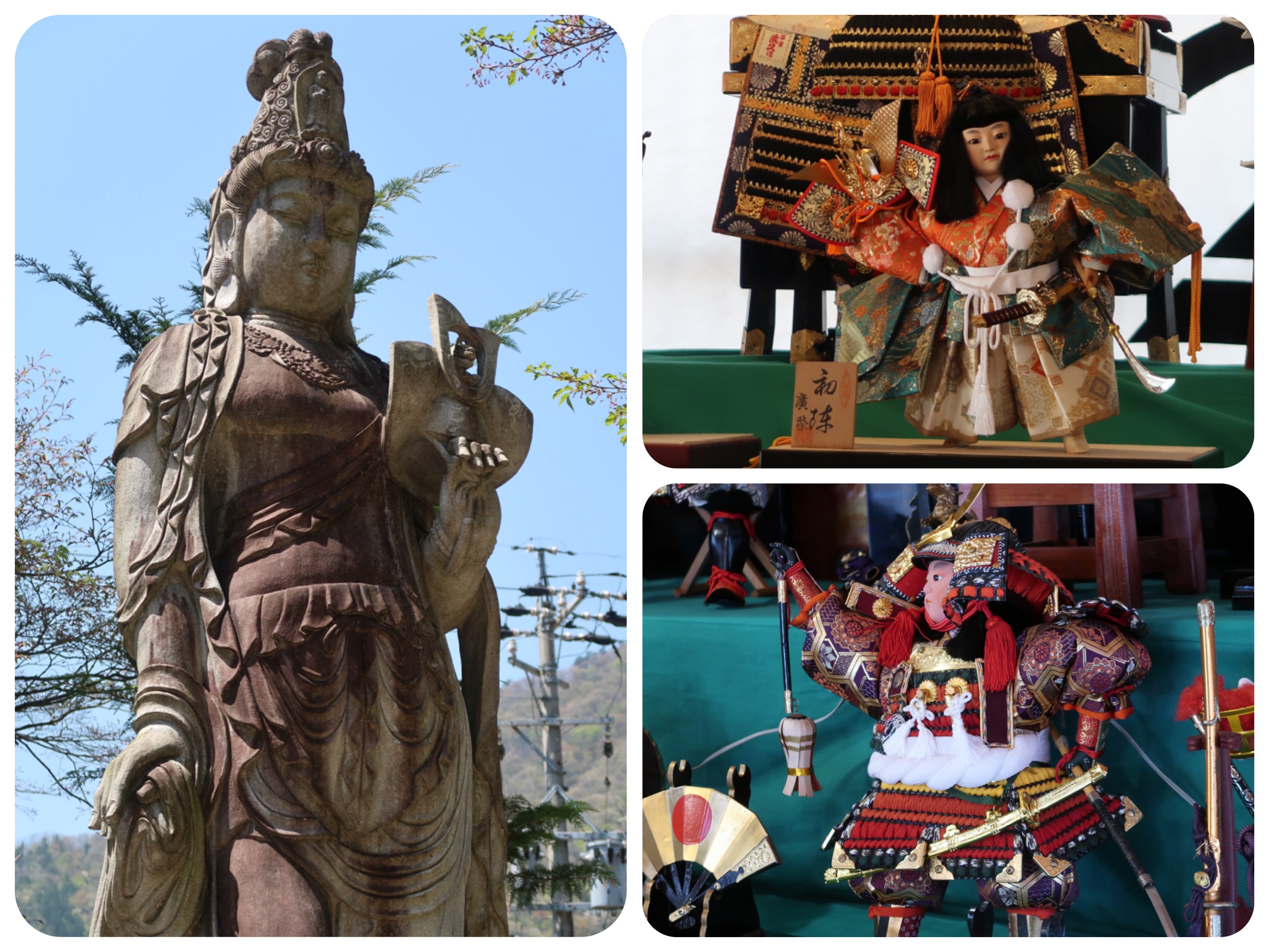
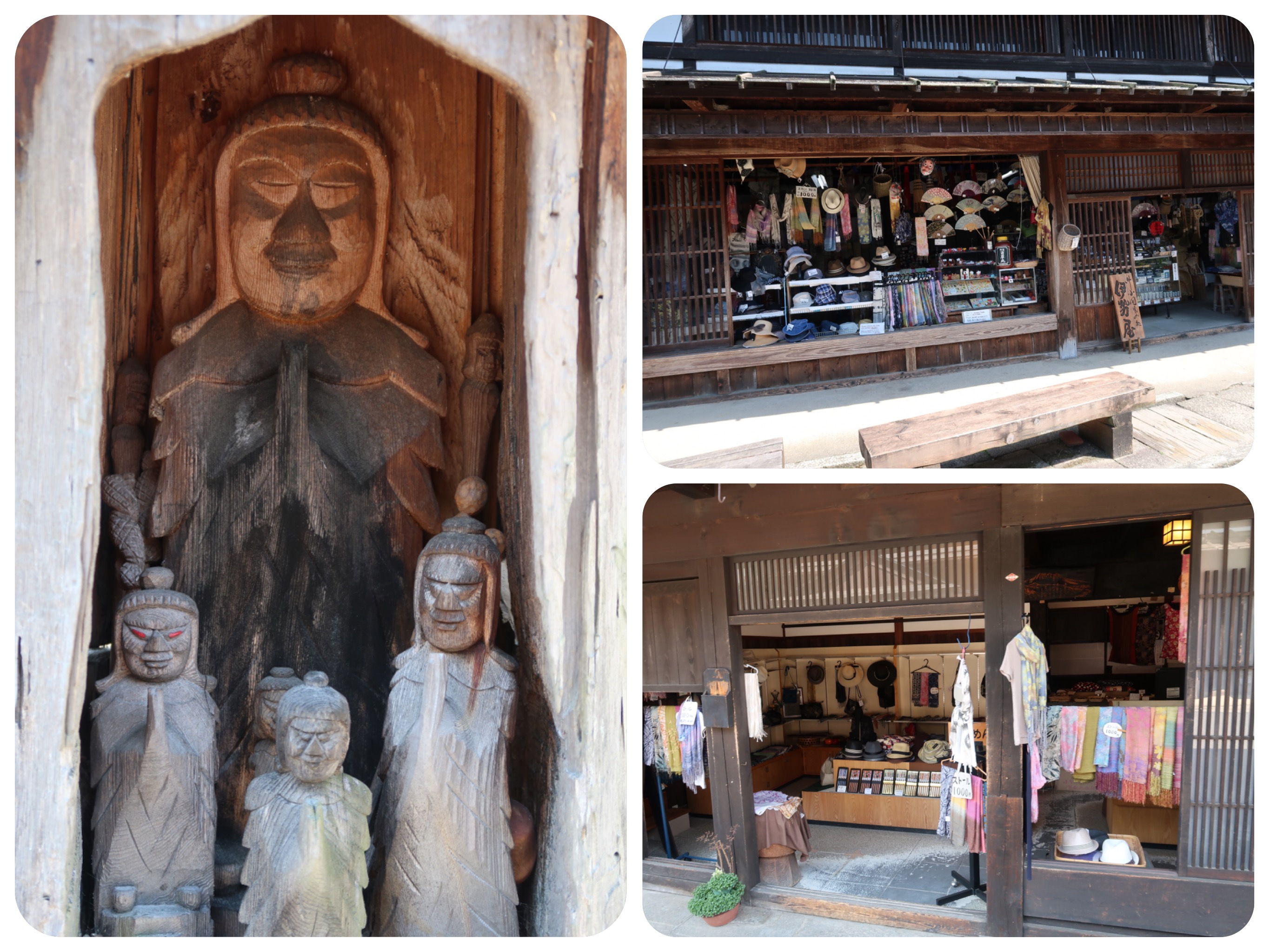
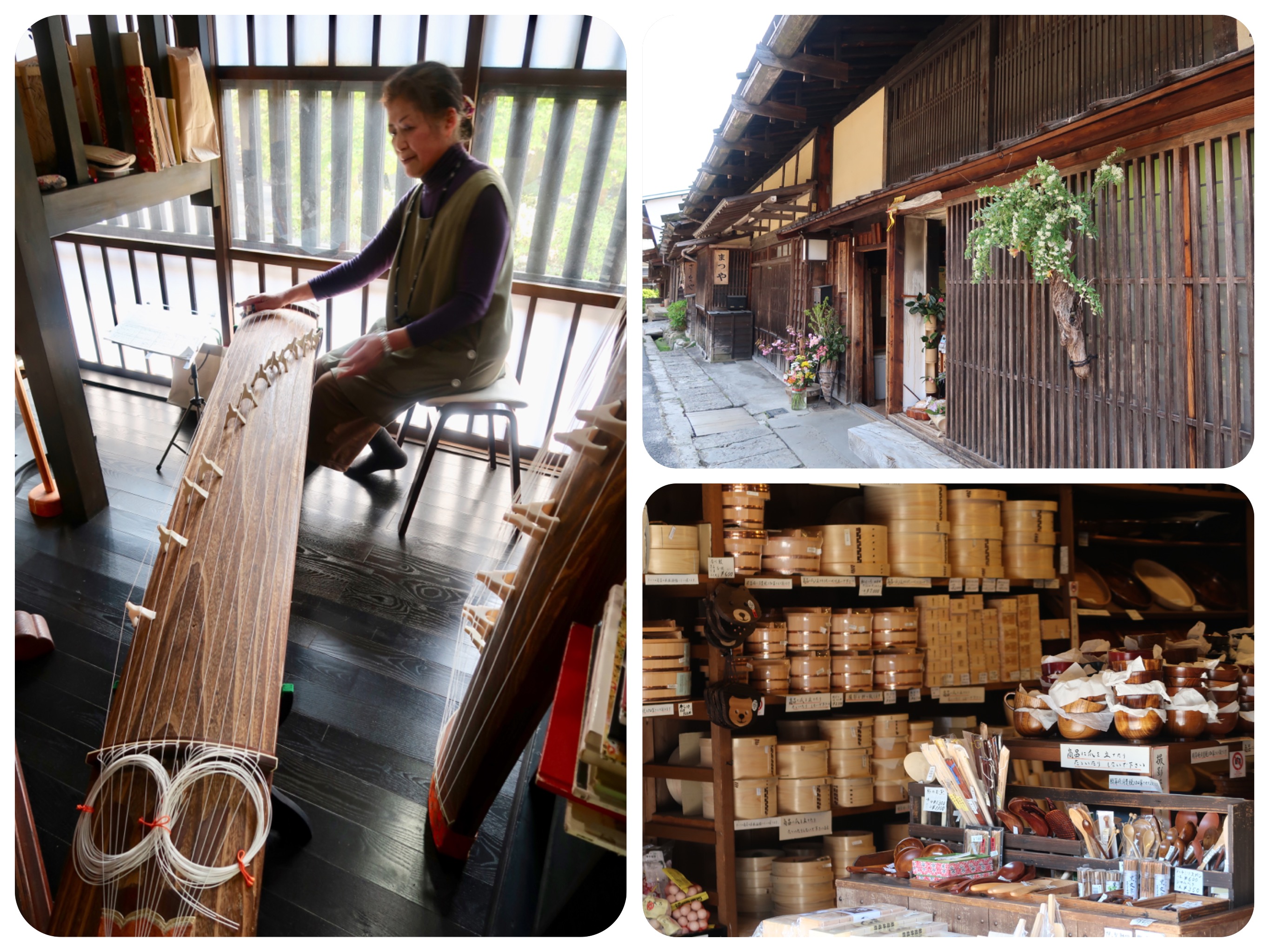
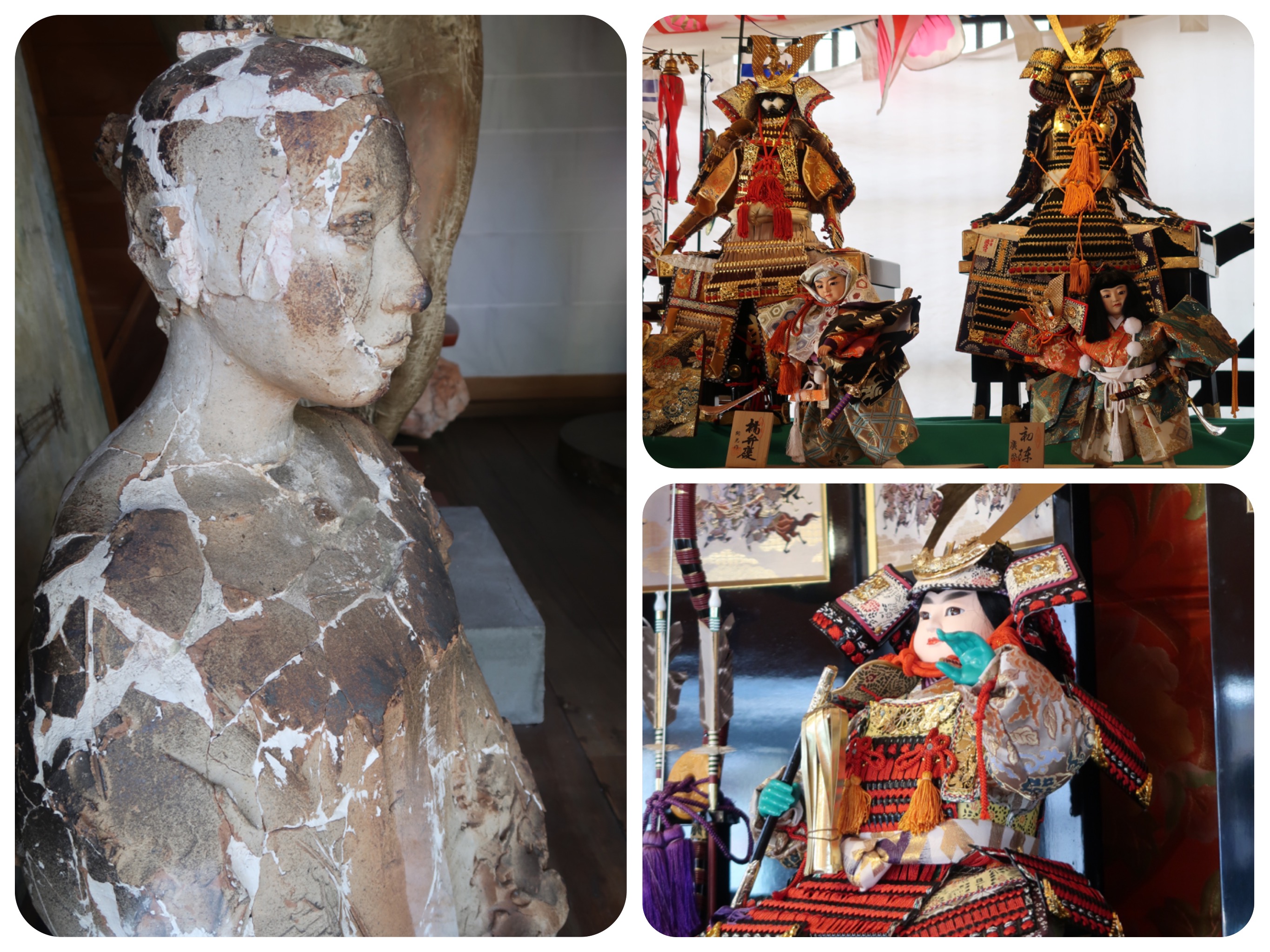
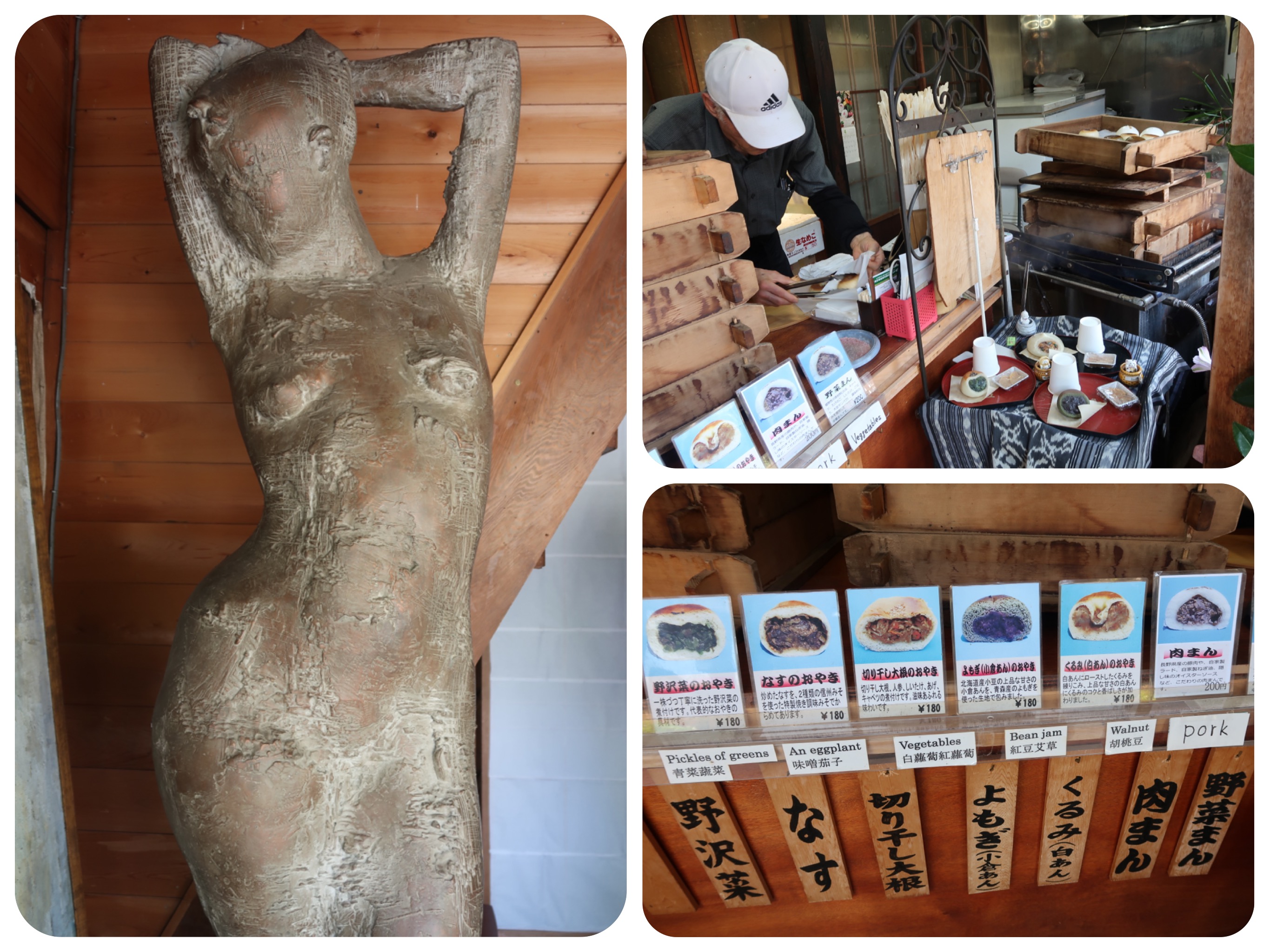
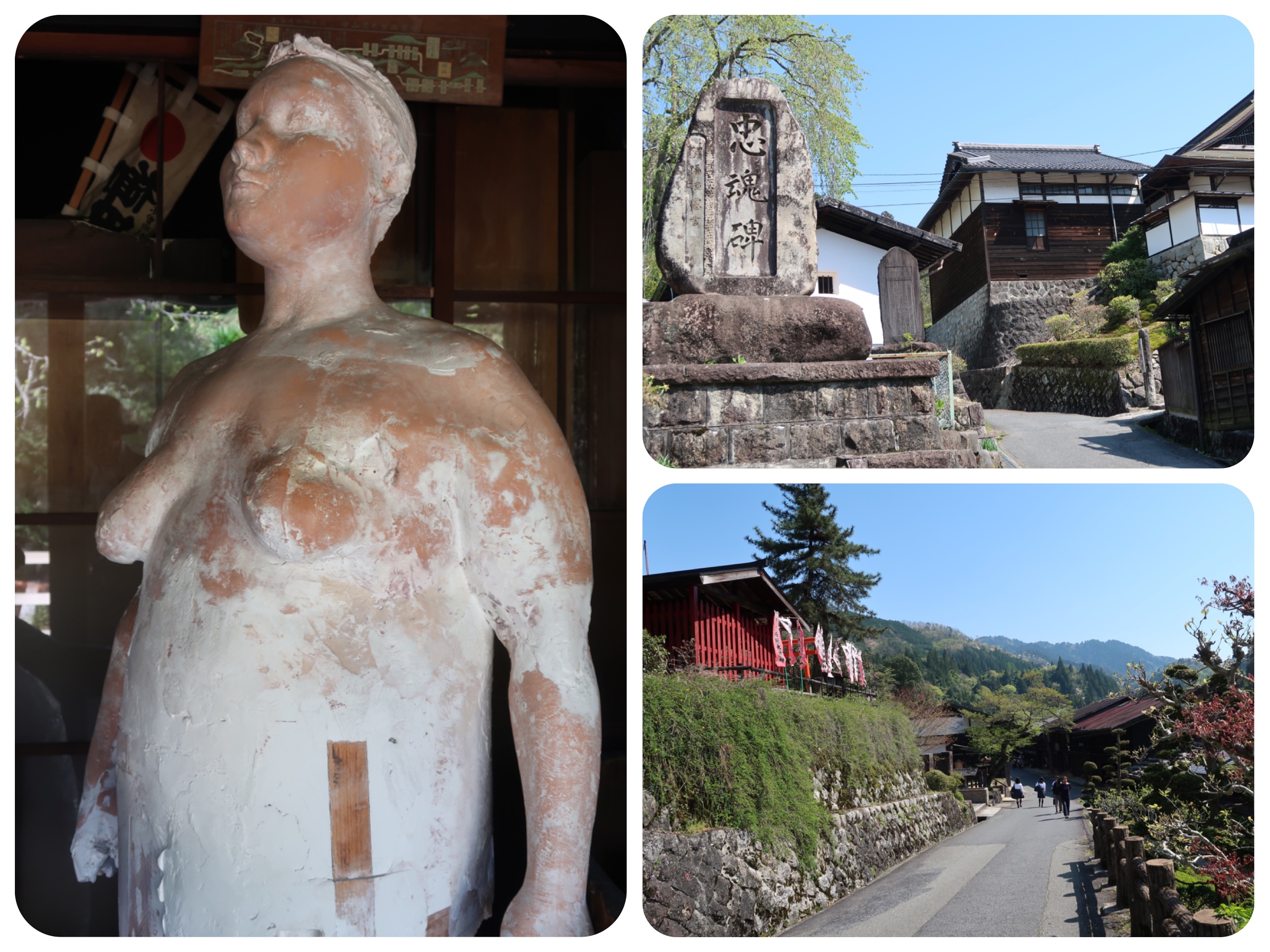
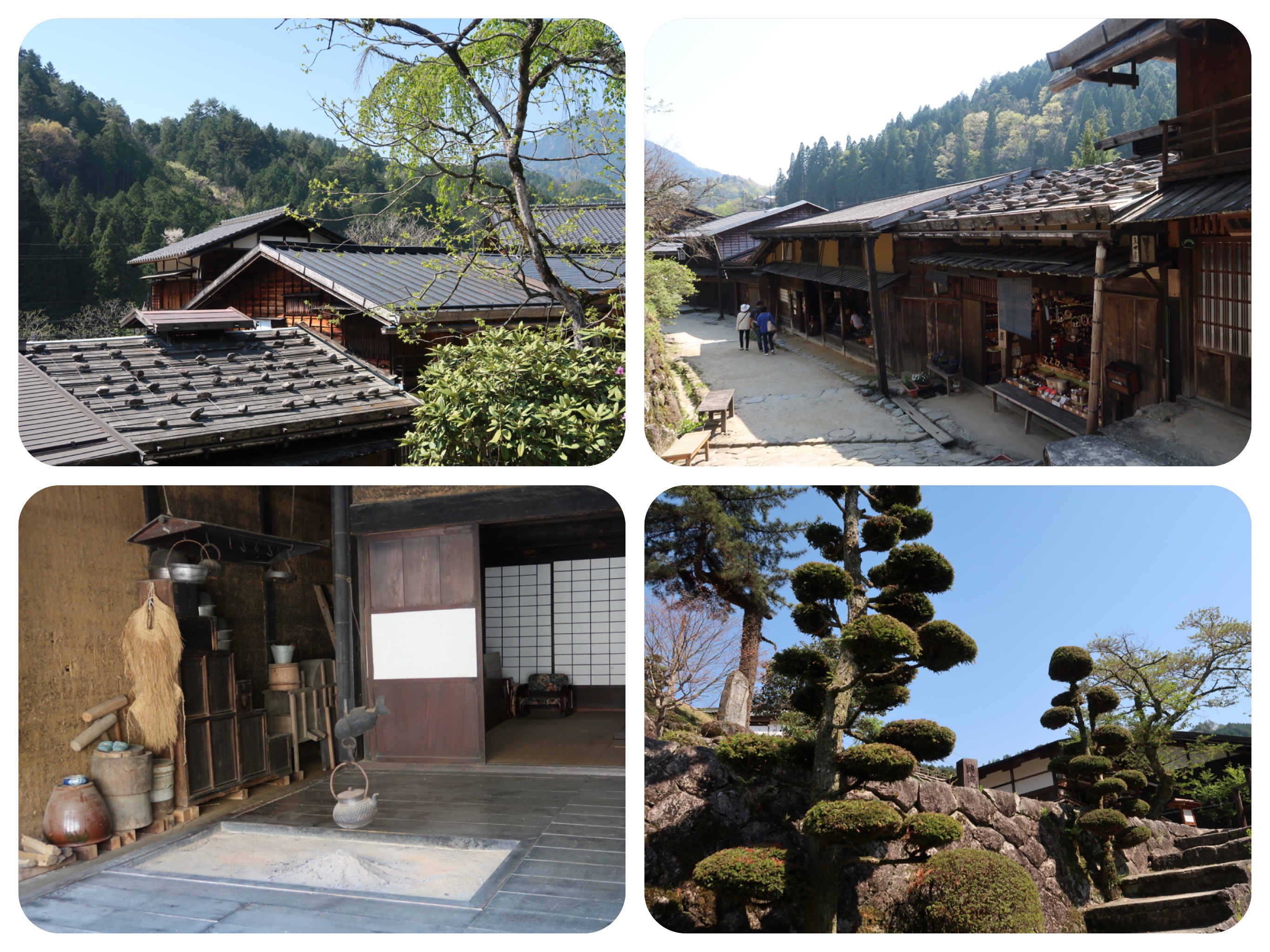
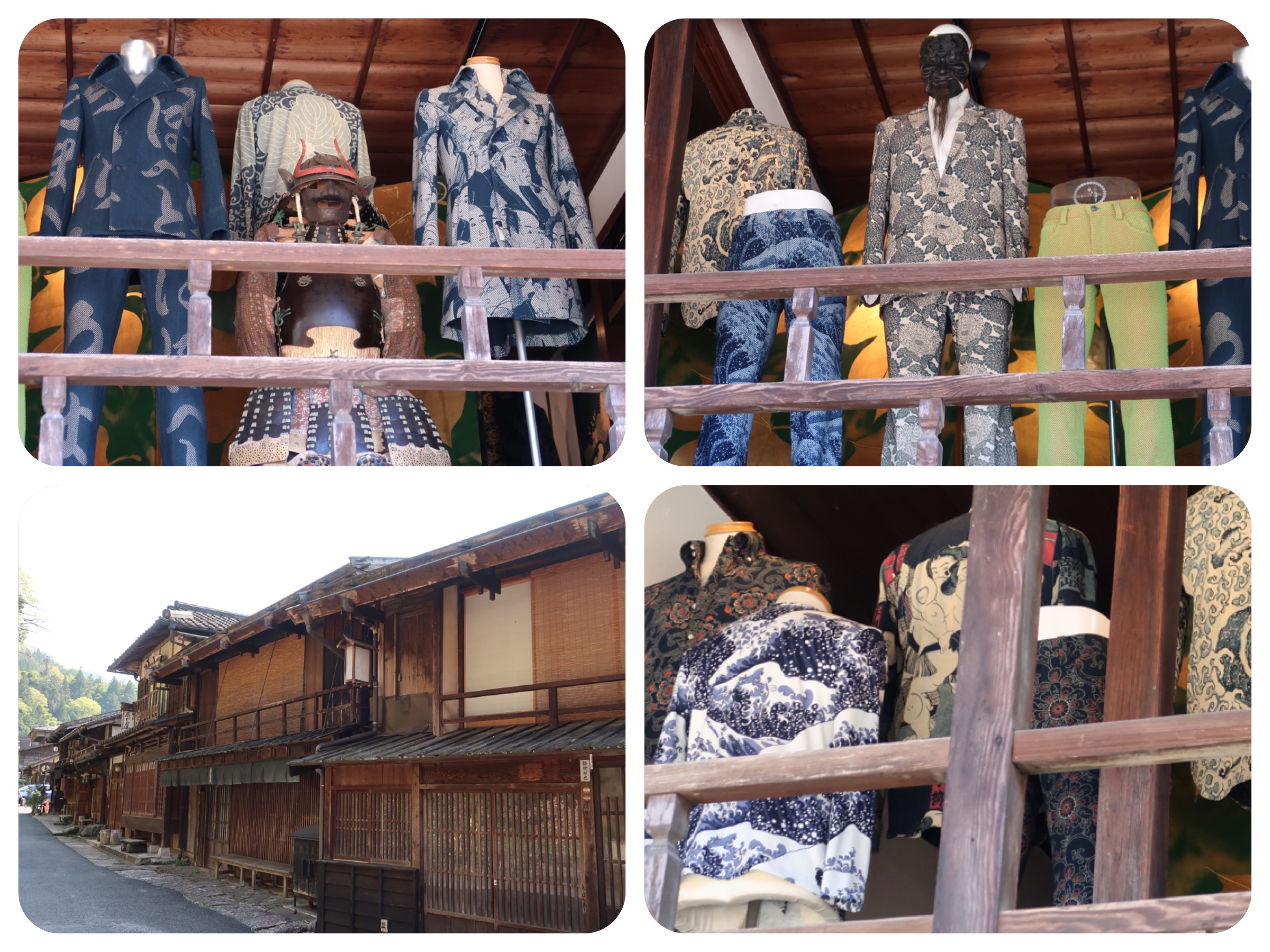
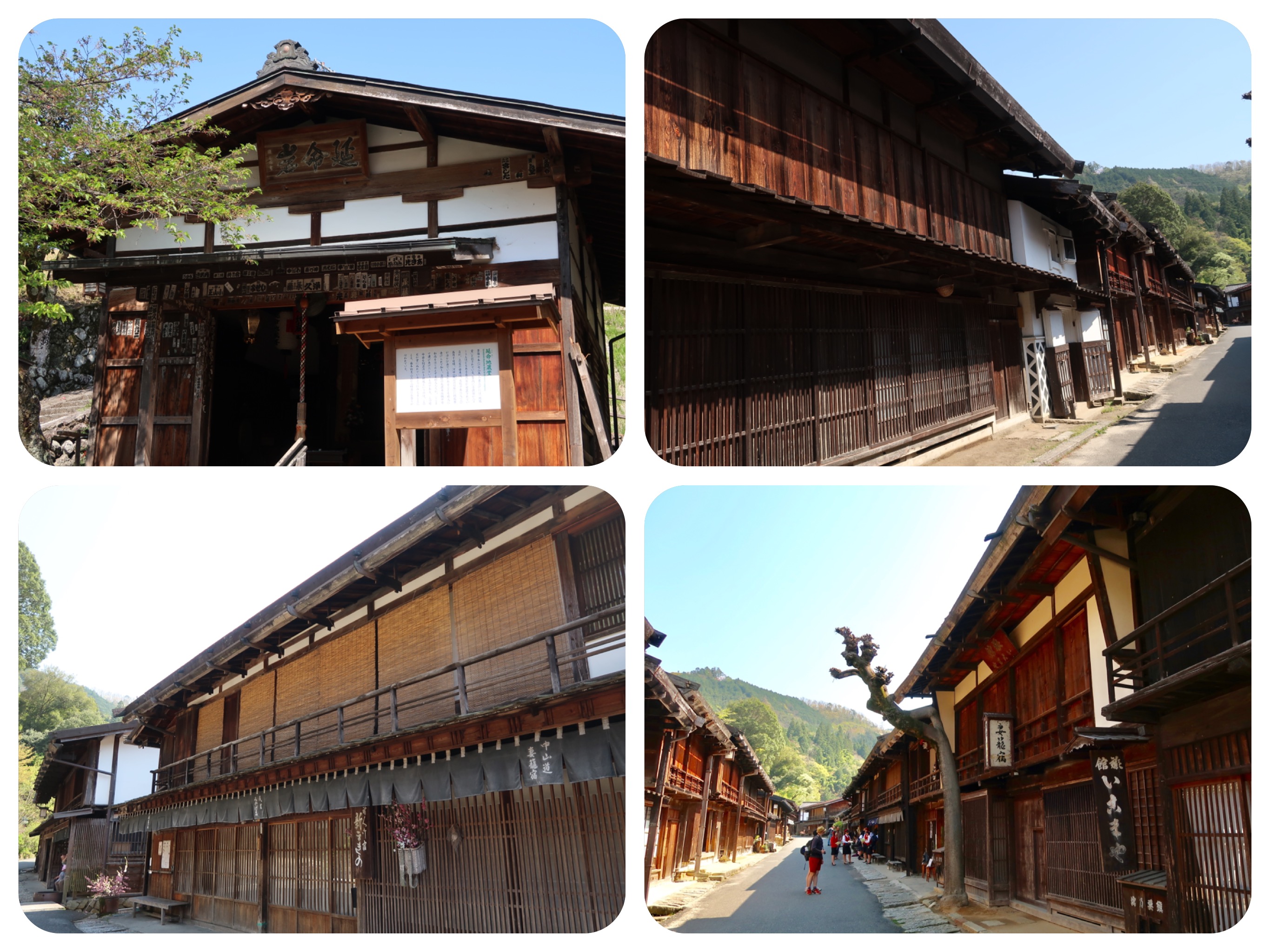
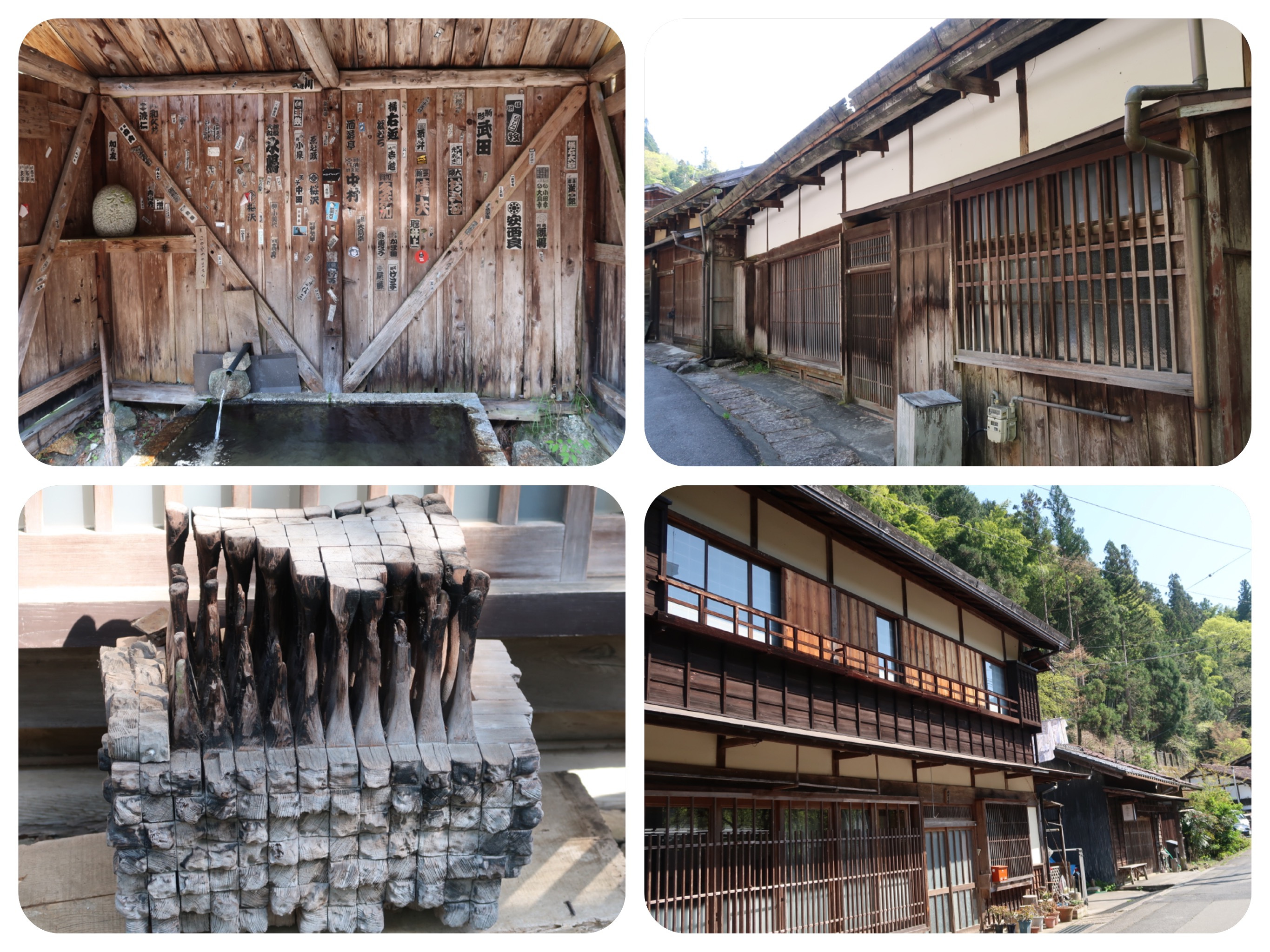
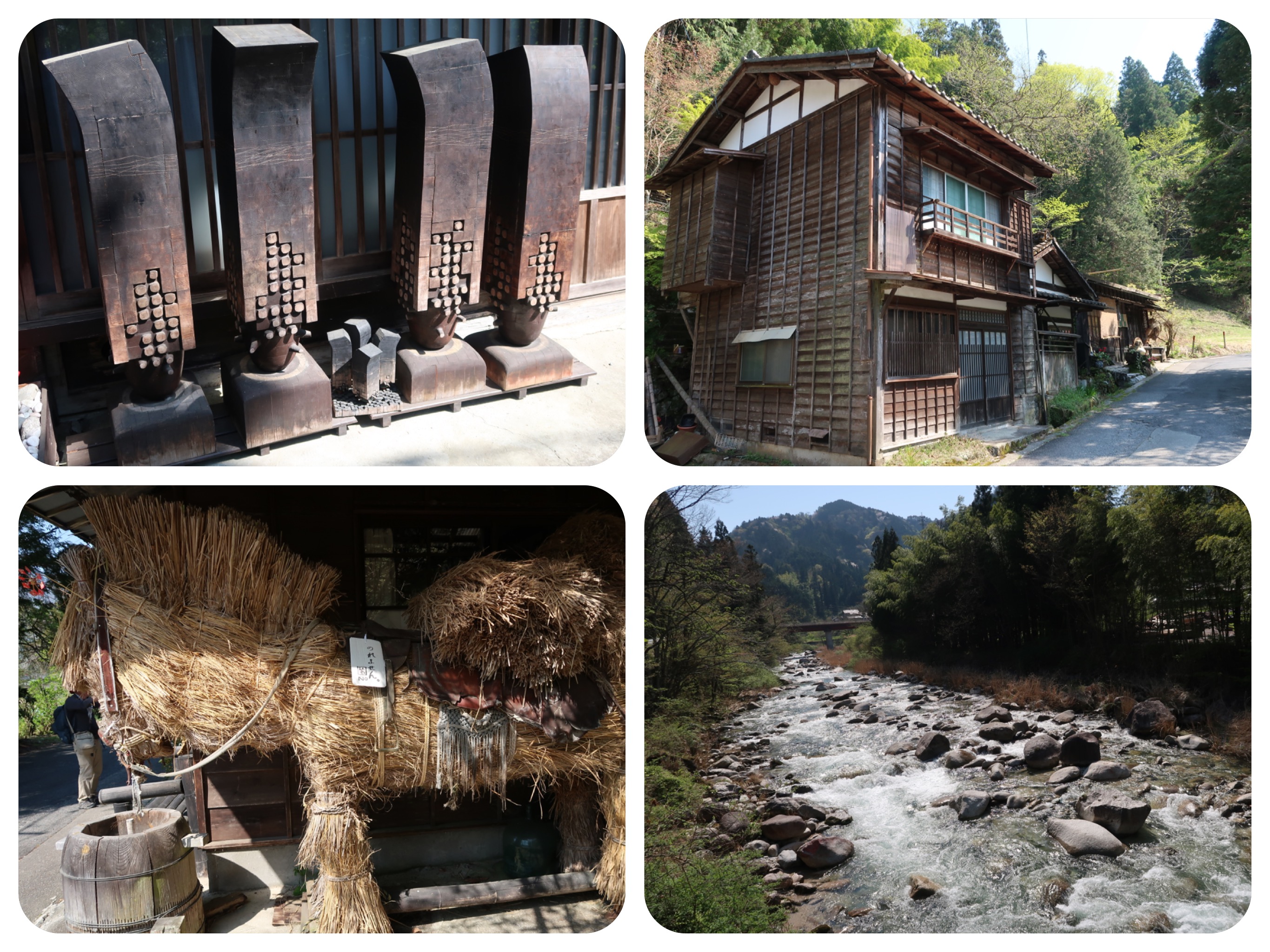
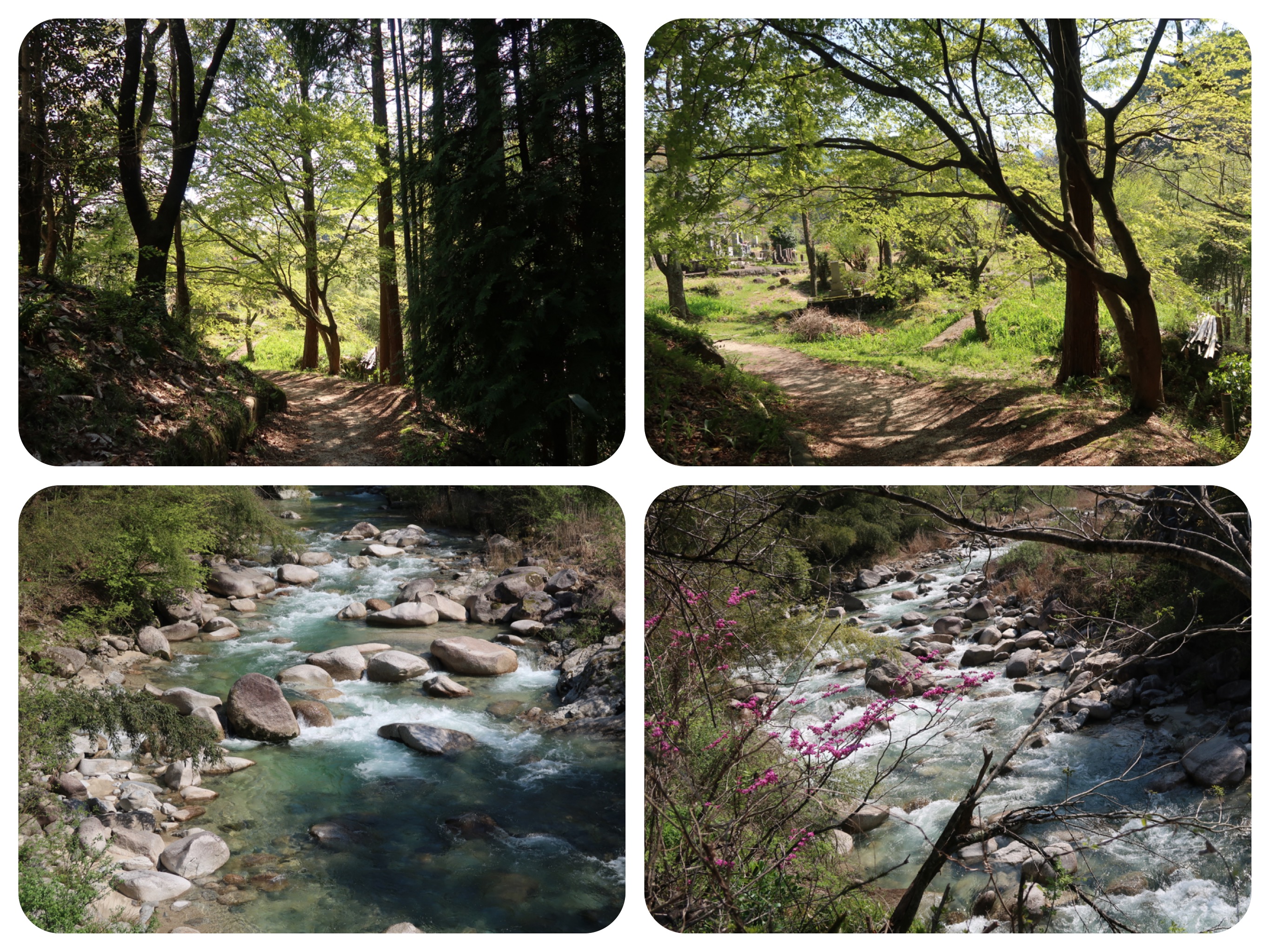

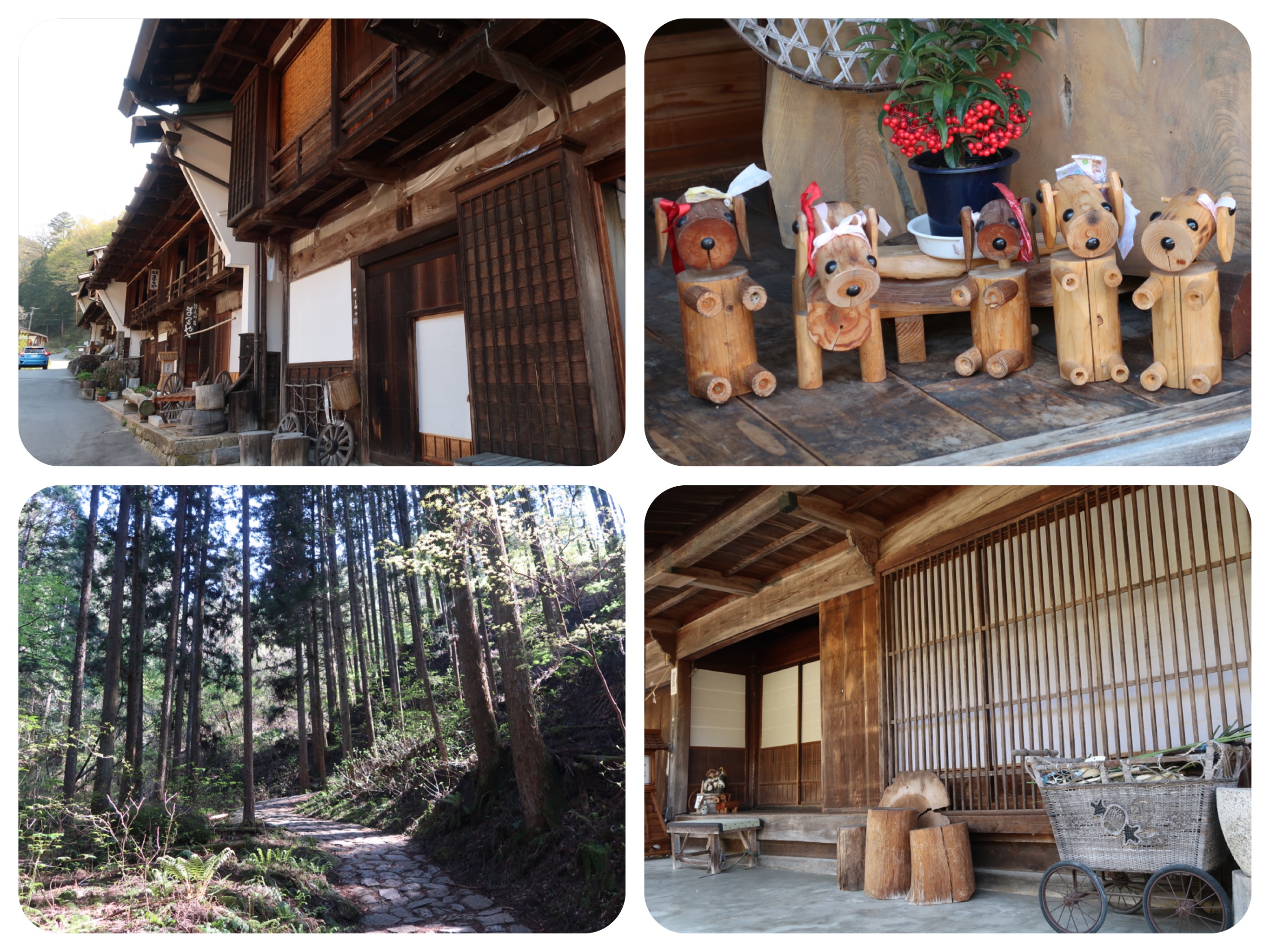
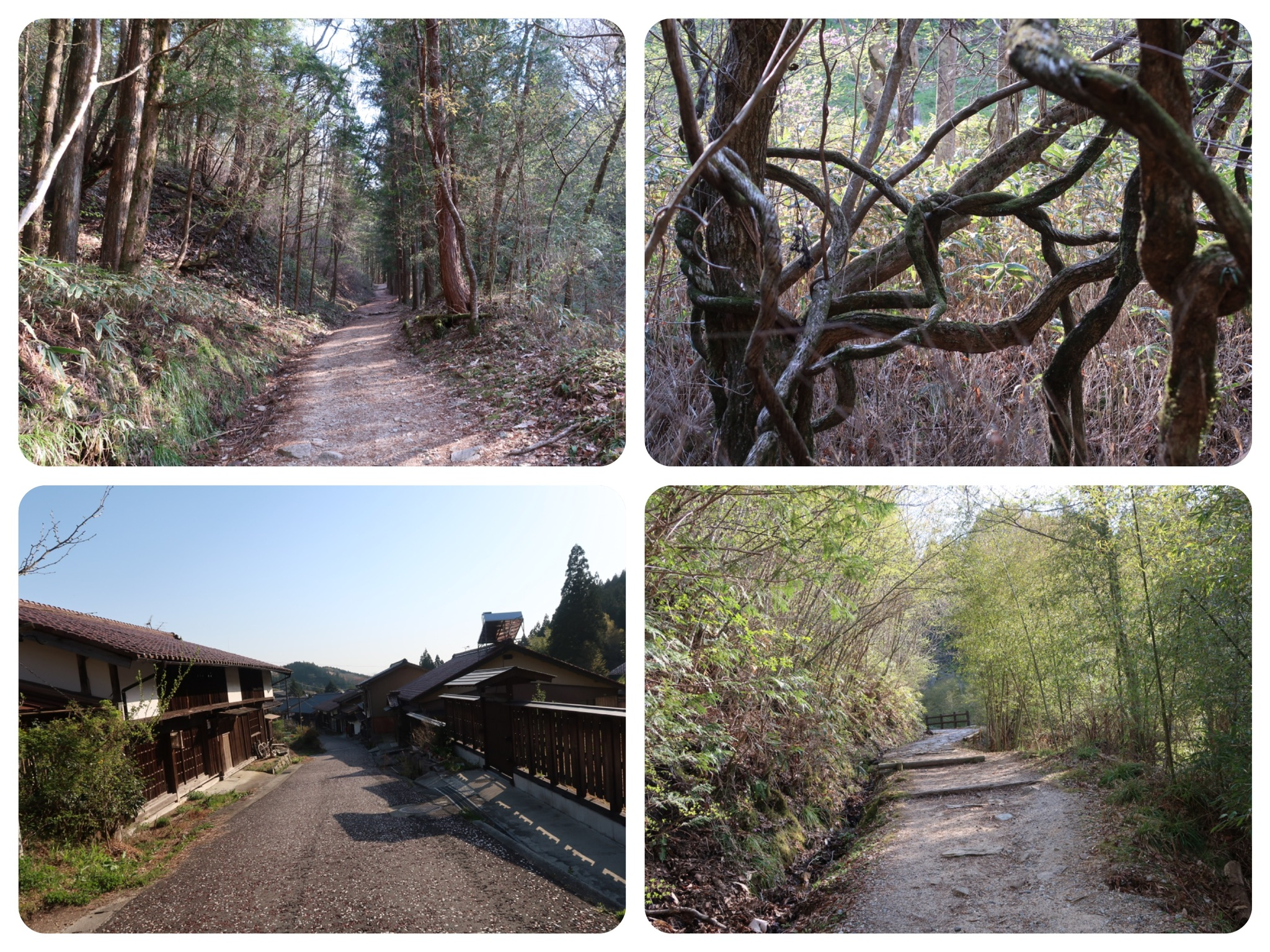
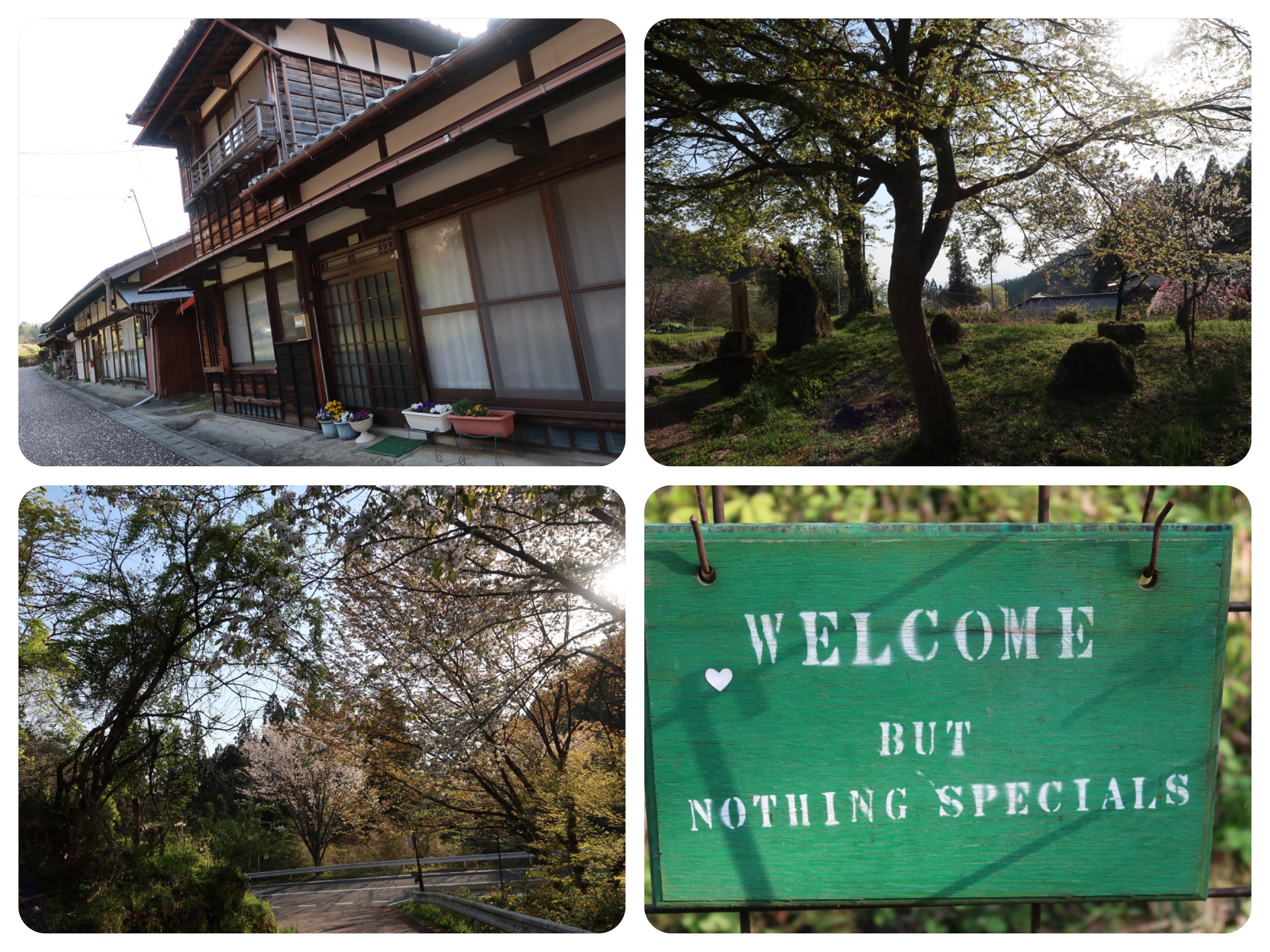
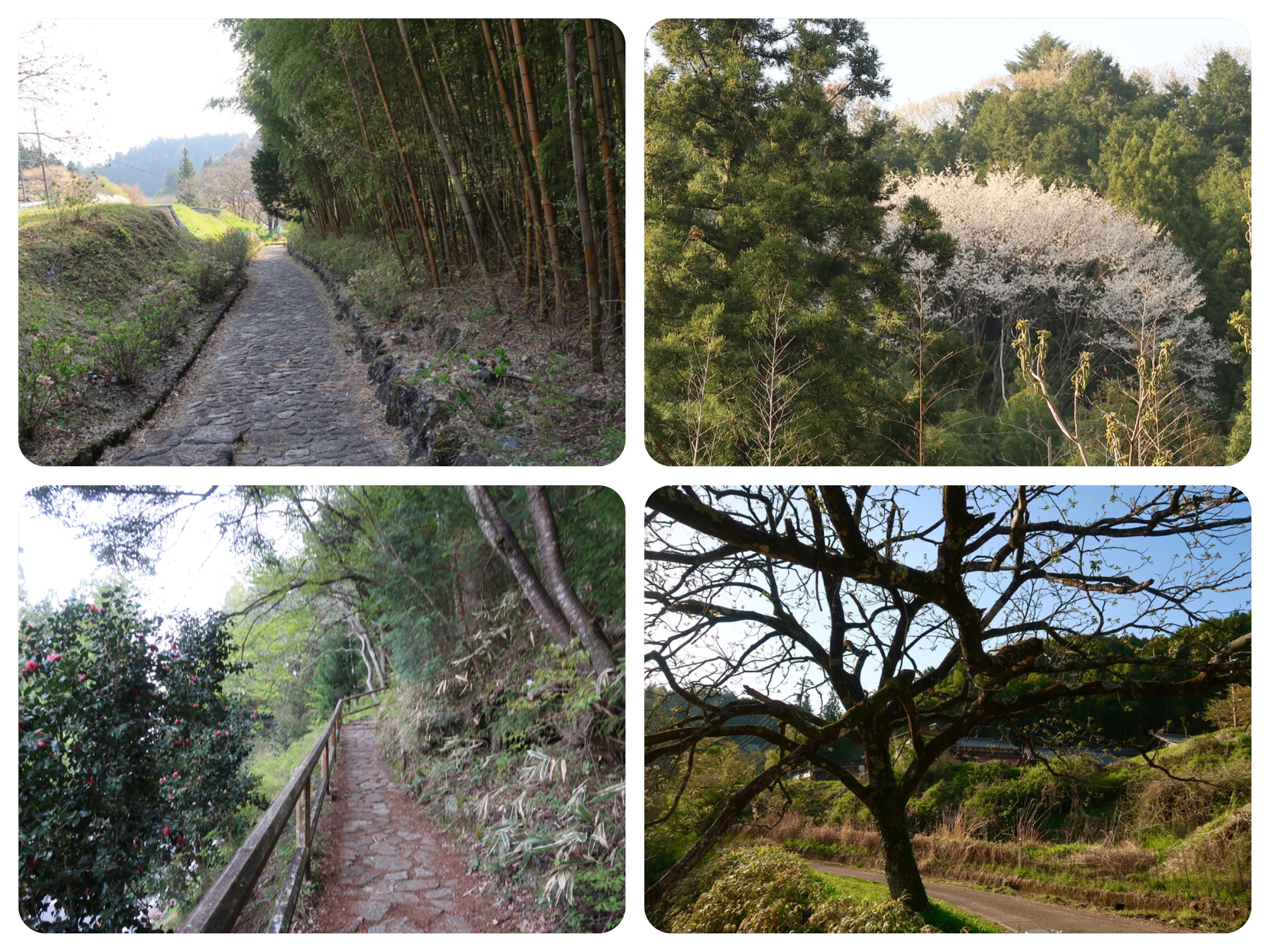
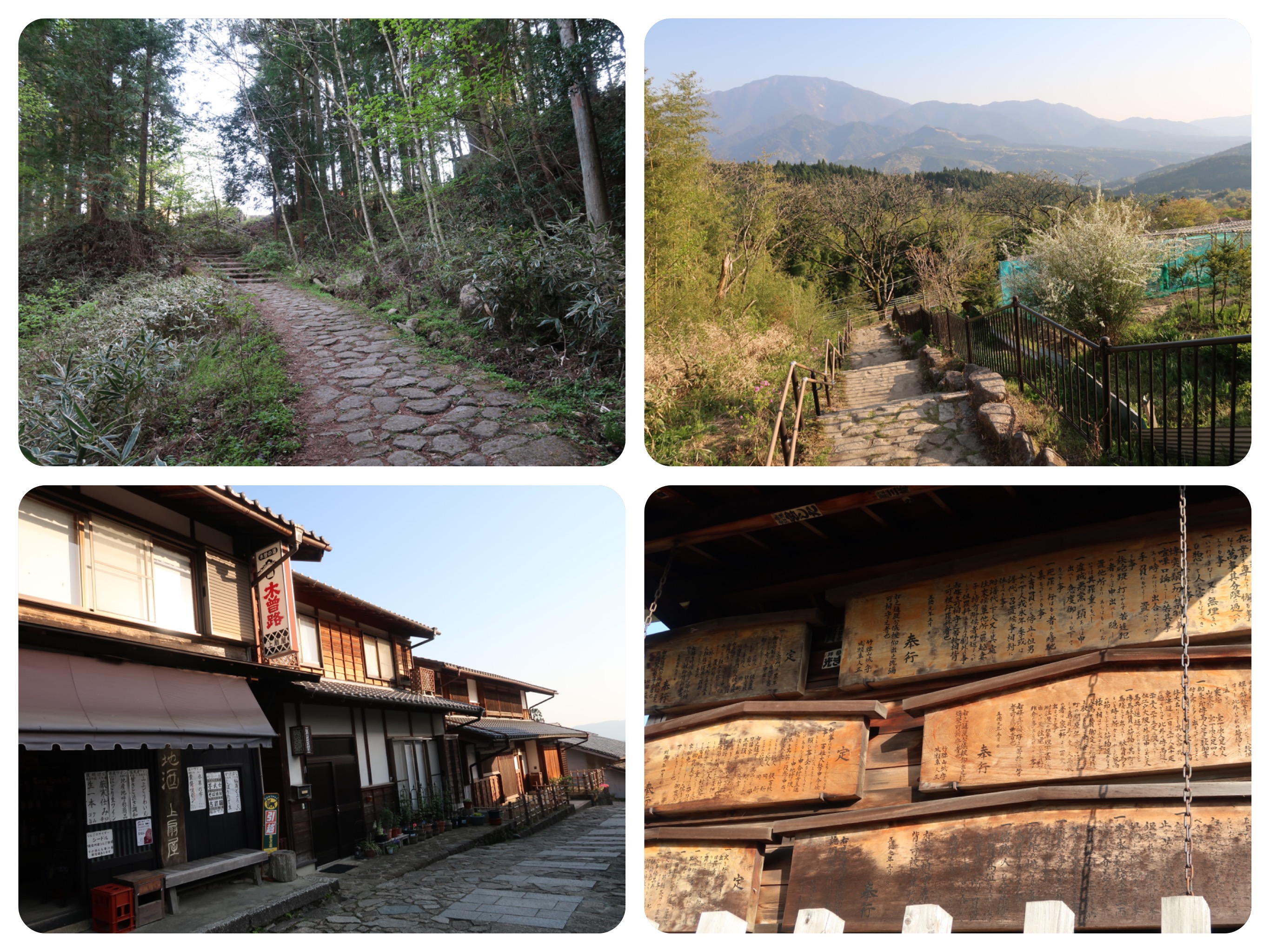
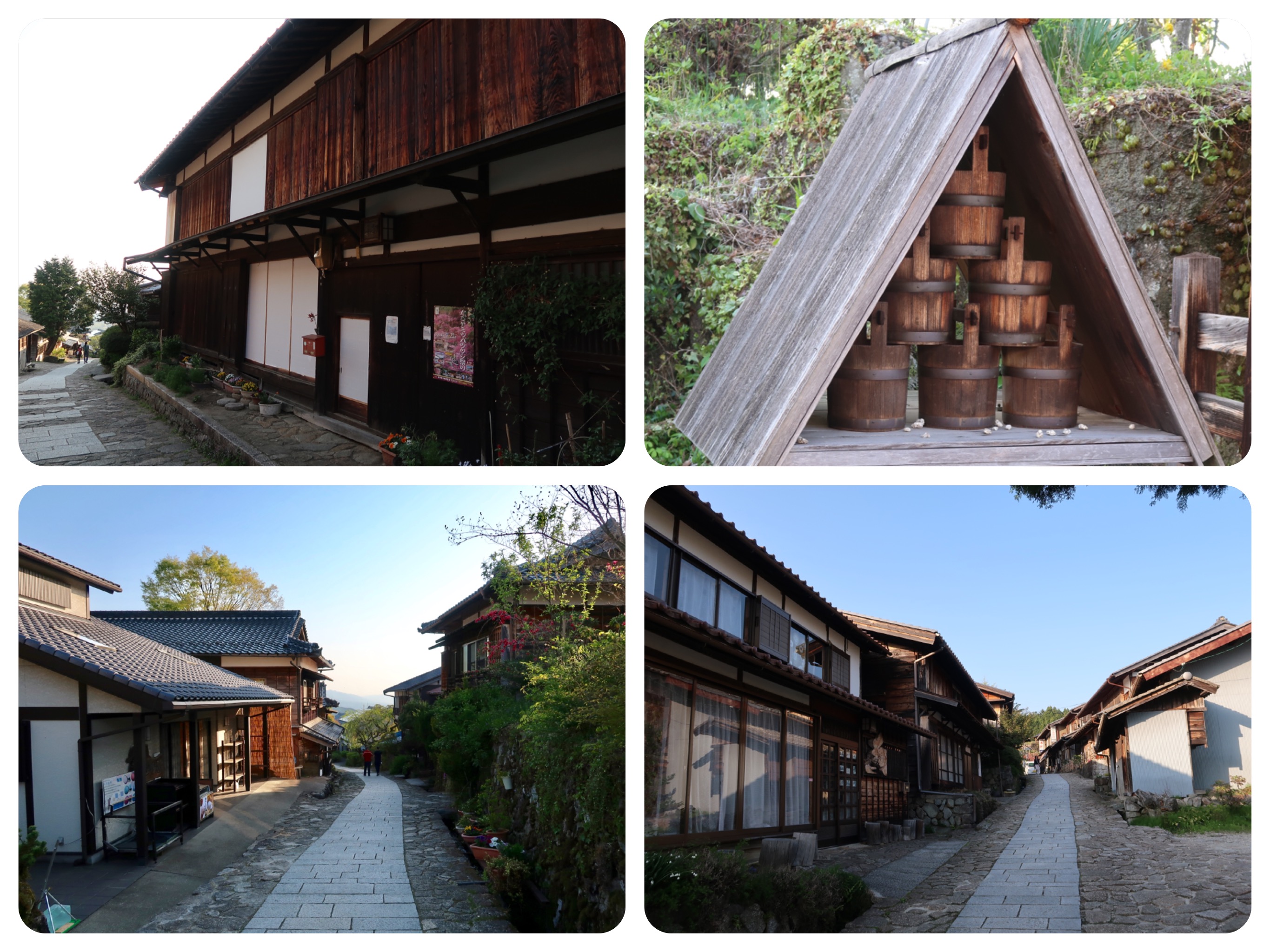
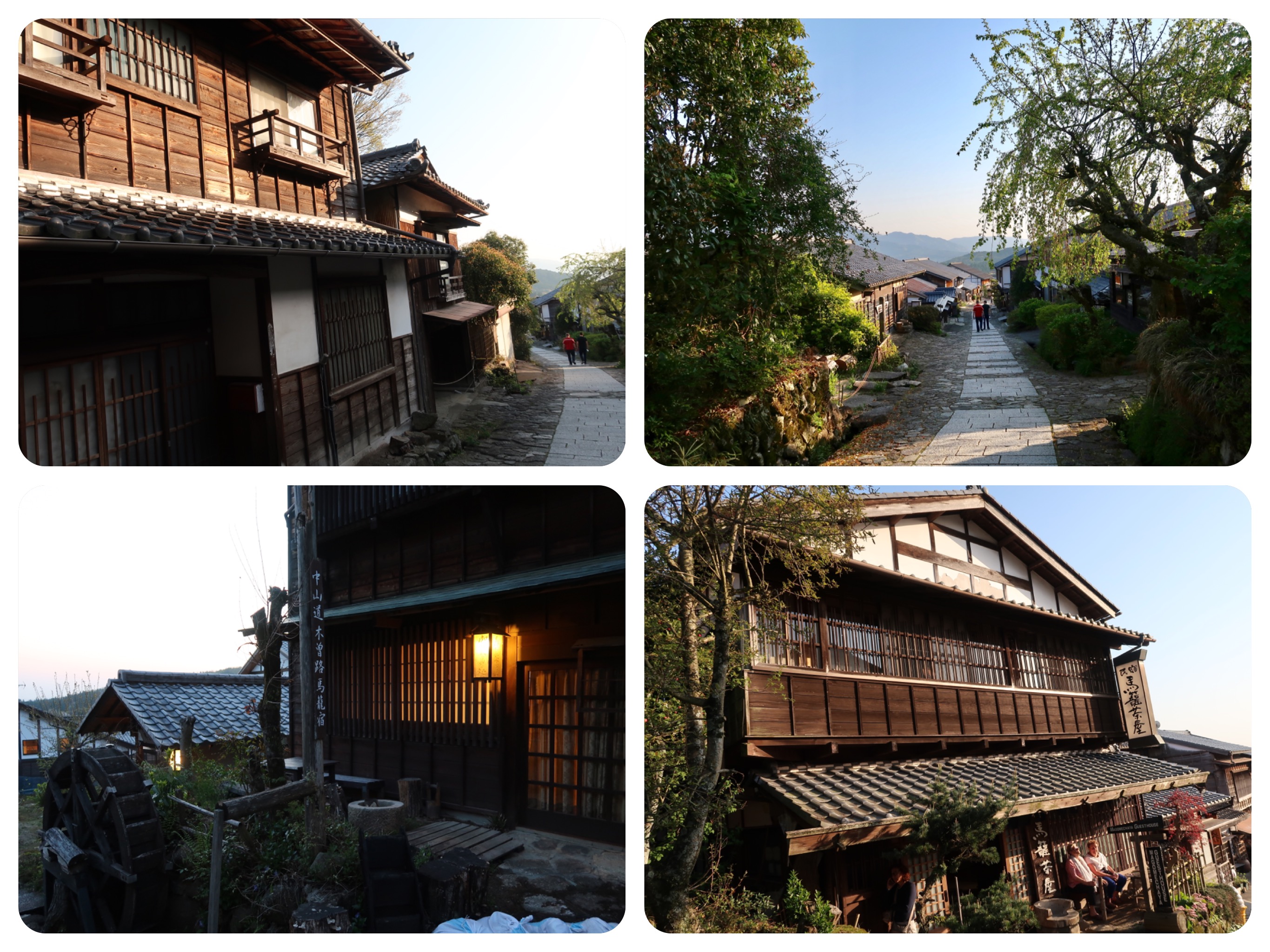
Day 20 - Walking The Nakasendō, Japan - From Nojiri to Midono, then to Tsumago and Magome, Along the Gaijin Highway
Last night, I had many dreams, most of which were confusing.
I woke up in the morning with a feeling that I should make sure to book the only rural guest house that I could find, along the stretch of the Nakasendo between Okute-cho and Mitake.
This area of the Nakasendo remains as it was hundreds of years ago, really remote and rural, with no train service.
There are no places to stay in Okute-cho, or farther, towards Mitake.
The option of walking from Ena to Mitake means a very long day of nearly 50 kilometers through a mountainous area, which would be too hard for us to do.
So while Jules was packing his things this morning, I went downstairs to ask the very friendly man at the front desk to call the inn in Hosokute to see if they had any availability.
The man was happy to help and called the inn, telling them he was calling from the Forest Spa Onsen in Nojiri.
They told him that they had no rooms available.
I asked if they knew of any other guesthouses nearby, but they said that there were no other guesthouses in the area, a fact that I already knew.
Whenever things do not work out for me, I trust that Spirit has another plan for me, perhaps an even better one.
So inwardly I asked my Spirit Guides for help.
The man at the front desk finished the phone call and apologized to me for not being able to secure a reservation.
I thanked him deeply for even trying.
By then, Jules had joined us and we paid our bill.
As we were paying, the phone rang.
It was the guesthouse in Hosokute again.
They had changed their minds and accepted our reservation.
We quickly made arrangements for dinner and breakfast to be included and I thanked my Spirit Guides, who NEVER fail to help me.
How it happens, I do not know, but I am grateful that they have always smoothed the way for me...
We had a good breakfast of miso soup, rice and pickles, two kinds of seaweed and green mountain ferns made in two ways, fresh hot tofu and tea.
We left untouched the chewy raw squid salad.
We started walking by 8:30 am out of the hotel in Nojiri.
We retraced our steps about three kilometers in the Atera Valley and joined the Nakasendo again.
As we climbed the hills to the first town, we saw a woodworker making small mechanical waterwheels in his garage.
He had made a small wooden man who was moving his hands forwards on a table, making Soba noodles by the rotation of the waterwheel.
It was really a wonderful piece of craft.
The day was sunny and hot and we were looking for a place to drink and rest, but the Nakasendo bypassed the town of Nagiso, so we kept on walking.
One of the benefits of walking pilgrimages is that you learn to control your urges and develop strong resilience.
You simply cannot drink exactly when you are thirsty, you cannot sit when your feet hurt, you cannot eat when you hungry, there is little you can do about the heat, or the weight of the pack on your back, and you cannot pee when you want, you have to wait until you pass a toilet or a forest.
in Midono, we did climb up to a Buddhist Temple, only to find it was full of people who we think were attending a Buddhist funeral ceremony.
We sat outside listening to the chanting, enjoying the cool shade of the very aesthetic temple garden.
We continued on, through the small post town of Midono, to Tsumago.
Along the way, we met a Japanese man who was walking the whole Nakasendo, but from Kyoto to Tokyo.
He was doing it in sections, walking whenever he had the time.
He told us that he had met many, many foreigners while walking from Magome to Tsumago post town.
We already knew that this section of the Nakasendo gets the most foreign tourists and day walkers.
The Nakasendo Highway in this section, is nicknamed “The Gaijin Highway,” or the Foreigners Highway.
Due to the tourists interest in these towns, Tsumago and Magome thrive today.
Unlike other post towns on the Nakasendo that have almost no inns left, Tsumago and Magome still have many thriving inns and guesthouses, as well as many small shops, museums, cafes, places to eat and small galleries.
It is delightful to see, and a great relief for a tired pilgrim.
Along our walk towards Tsumago, we passed by an old house that was converted into an art gallery, displaying large figurative clay sculptures of the human form.
They looked awesome.
Before we reached Tsumago, there was a very small mountain pass, called Kabutokannon, that is marked by a beautiful large Kannon stone sculpture.
The goddess of mercy stood there in the cool forest, with the largest wooden open trough I had seen yet, collecting water from a nearby mineral spring.
The center of Tsumago town looked like what I imagined the old Nakasendo looked like in the Edo-era days.
It is a bustling place with people shopping, dining, or resting in the shade.
Every place was open and vibrant with life.
There were places selling chestnut ice cream, and a small shop with a gentle and sweet man, who was selling steamed buns with different kinds of fillings.
We bought a steamed bun filled with chestnuts and one filled with vegetables.
We saw a funky shop of an eccentric fashion designer, who makes fashion-forward suits, pants and shirts from thick, colorful woven fiber that was used during the Edo period as a material for firefighters’ clothing.
It is a hardy fabric that will last a lifetime, and yet very attractive in its new application.
I really loved his funky fashion shop, although it looked a little out of place in an old traditional town.
At a small cafe and art gallery, we stopped to have refreshing ice coffee and ice cream.
It was a very hot day and I felt so delighted to take off my backpack and shoes and rest, sitting on the floor.
The cafe had a lovely design and it felt like a sanctuary.
The woman who owns the gallery and cafe is called Yasuko.
Her husband is an architect, and she told us that she was born nearby and her husband was born in Tsumago.
They bought the old shop from the family of an old man who had passed away.
They were not allowed to renovate the exterior of the shop, only the interior.
I complimented her for the beautiful job they have done.
It was a wonderful restoration job.
The place looked modern, yet timeless and classic.
We noticed that she had two beautiful wooden Kotos, in the corner of her shop.
Yasuko offered to play the Koto for us.
She put finger picks on her right hand and with both hands, she plucked the Koto to produce beautiful music that vibrated straight into my heart.
We asked Yasuko how long it took her to learn to play the Koto.
She laughed and said: “About fifty years!”
She told us that when she was in elementary school, she looked and acted like a tomboy.
He mother, who feared that she would never marry, suggested that she learn to play the Koto, the most feminine instrument in Japan that sounds a bit like an angelic harp.
She showed us the traditional music score, with circles and kanji as notes, which she has learned how to read.
Our conversation was a mixture of English and Japanese.
We spoke in Japanese to her, and she answered in English mixed with Japanese, trying to practice her English.
In the center of town, we ate grilled Gohei Mochi rice balls with nuts and miso sauce, which were very delicious.
But most of all, I really enjoyed seeing how well preserved the old buildings were, and how glorious they look when they are loved and used by both owners and customers.
The walk from Tsumago to Magome was straight uphill for about six or seven kilometers.
It was a scenic mountain pass with thick forests, farm houses and fields.
All along the road between Tsumago and Magome and through the mountain pass, we saw large groups of tourists.
There were large groups of French people, Scandinavian people, Spanish people, Israeli people, Australians, Americans and lots of individuals and couples walking this part of the scenic Nakasendo highway.
The walk up the Magome pass is much harder and longer when you are coming from the Tokyo side.
It is about a two hour climb up to the top of the pass, and then only 3 kilometers down to the town of Magome.
For those who walk from Magome to Tsumago, it is a 3 kilometer uphill and then about 6 kilometers down.
Before the top of the pass, there are some unique weeping cherry trees and a volunteer run old tea house.
The teahouse was closing when we arrived, so we continued on.
At the top of the pass, there is a small cafe where we sat to have iced coffee.
When we got to Magome, we had only a little time to see the place.
We decided that we would walk around the next morning.
Our accommodation for the night, the Magome Chaya, asked that we check in before 17:30.
The old Chaya (tea house inn) runs efficiently, a bit like a combination between a hostel and a Zen temple.
The bell rings at mealtimes, and the facilities include a guest kitchen, lounge, laundry, communal showers and toilets, and a restaurant across the street.
We did all of our laundry and hung it to dry.
Dinner was at 6PM sharp, and the woman who runs the guesthouse explained to the foreigners how to eat the horse-meat sashimi, how to eat the tempura and how to cook the clay pot dish on each table.
We asked not to eat any meat and they gracefully changed our menu.
She told us that she was from the Philippines.
Her sister had married a Japanese man who owns this Chaya Minshuku, and she had come over to help them.
She does not speak Japanese, although she seems to understand a bit.
All the guests at Magome Chaya that night were foreigners who had come to enjoy this beautifully restored old post town, and the neighboring towns.
The conversation was jubilant and I could hear their itineraries.
Some of them were walking around Tsumago and Magome, and others were taking buses and trains between the most beautiful old post towns along the Nakasendo like Narai and its surroundings.
It is easy to see why these beautiful towns are liked by so many foreigners.
They are historic rural towns with great design and aesthetics and with picturesque forest surrounding them, which offer day hikes and things to see, drink and eat.
It was a long day of walking in the heat, and it wasn’t long before our heads rested in the futons, that we drifted off to sleep.
With our love and warm hugs,
Tali and Jules
Day 20 - Stats:
Total walking time 8.5 hours
Active walking time 7 hours
Total steps: 37,235 steps
Daily Kilometers: 27 Kilometers
Total Kilometers walked up to date: 461.5 Kilometers
Accommodation: Magome Chaya in Magome.
An old tea house that has been an inn on the old Nakasendo from the Edo Period.
It has traditional Japanese style rooms with shared toilets and baths.
It serves good dinner and breakfast.
Total elevation climbed 2,264 meters
Total descent 2,152 meters
Maximum Altitude reached 784 meters
Station Towns visited in Nagano Prefecture:
40. Nojiri-juku (Okuwa, Kiso District)
41. Midono-juku (Nagiso, Kiso District)
42. Tsumago-juku (Nagiso, Kiso District)
Station Town visited in Gifu Prefecture:
43. Magome-juku (Nakatsugawa)
A Bit About the Stations Visited:
Midono-juku - #41 of the sixty-nine stations of the Nakasendō, as well as the ninth of eleven stations on the Kisoji.
Midono in 1841 had a population of 594, and 32 inns for travelers.
It was virtually indistinguishable from neighboring Tsumago in the Edo period, but today the disappearance of so many of the old buildings, as the result of a large fire in 1881, means that it does not attract anything like the number of tourists that Tsumago receives.
Tsumago-juku - #42
It has been fully restored and is now a popular tourist destination.
Prior to becoming part of the Nakasendō, Tsumago-juku was the tenth of eleven stations along the Kisoji, a minor trade route running through the Kiso Valley.
It was a relatively prosperous and cosmopolitan town, with an economy based on currency.
It fell into obscurity and poverty, after the completion of the Chūō Main Line railway, which bypassed Tsumago.
In 1968, local residents began an effort to restore historical sites and structures within the town.
By 1971, some 20 houses had been restored, and a charter was agreed to the effect that no place in Tsumago should be "sold, hired out, or destroyed".
In 1976, the town was designated by the Japanese government as a Nationally Designated Architectural Preservation Site.
Today Tsumago is fully inhabited, though with tourist shops as the town's main business.
Magome-juku - #43
It was also the last of eleven stations along the Kisoji.
The central feature of Magome is its restored row of houses along the former post road, which runs at a slope between the town's low and high ends.
Most were built for common people in the mid-18th century, with shops and inns for travelers along the Nakasendō.
A quiet portion of the original highway between Tsumago and Magome has also been restored, which includes a mountain pass.
It is an extremely popular walk for both Japanese and international visitors.
